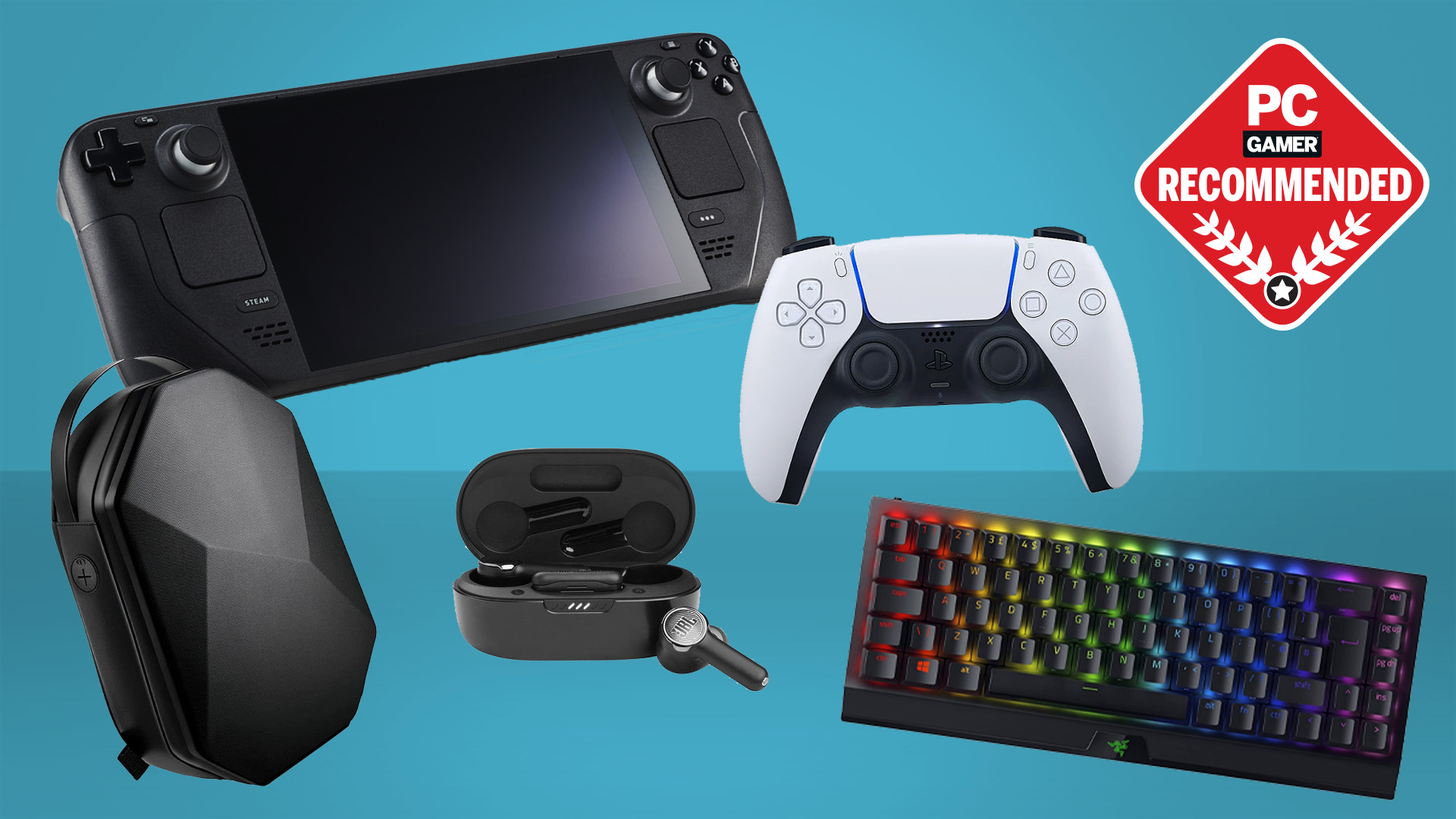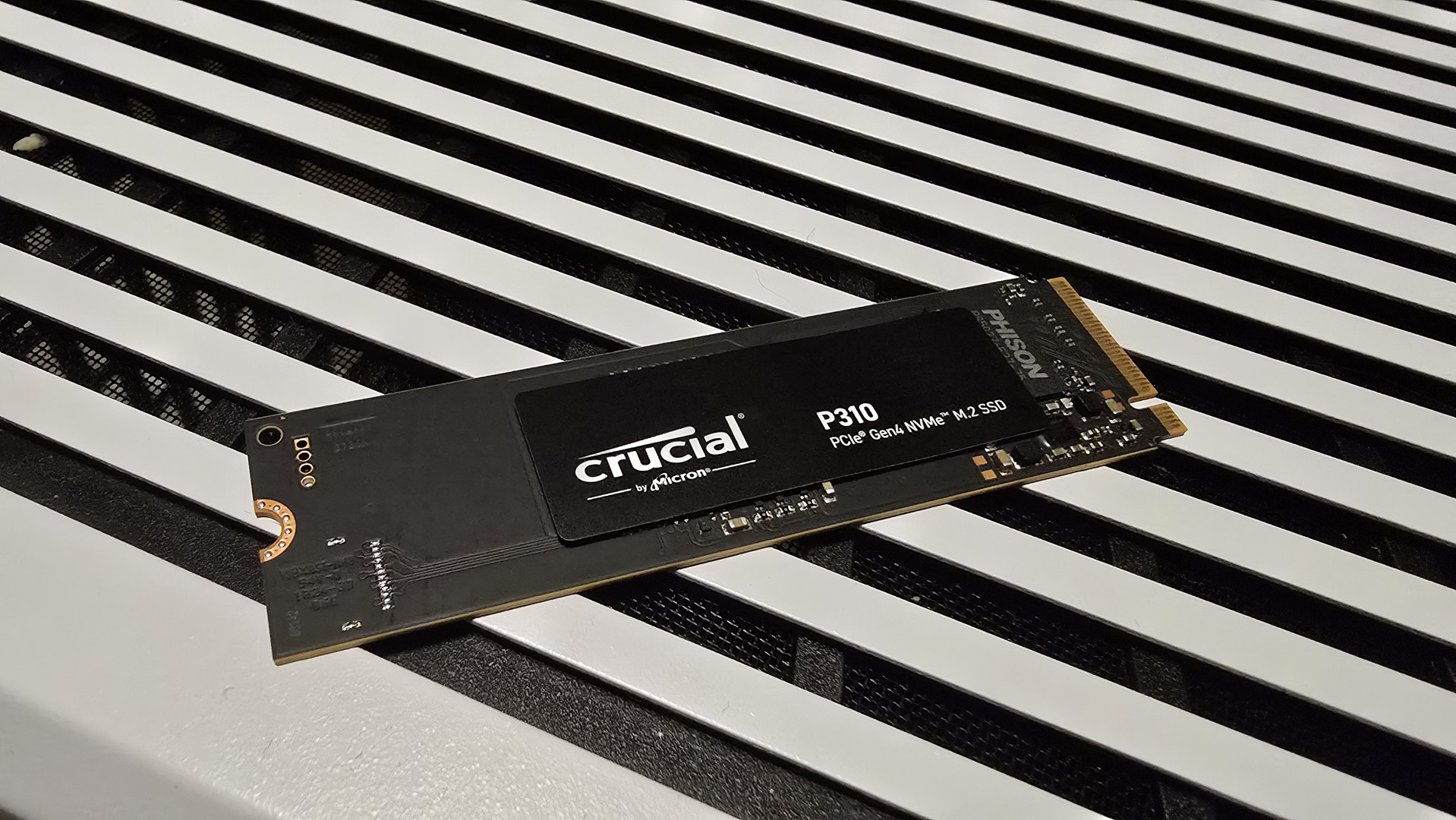This no-vidia gaming PC is a great example of how small design decisions can make it feel like you're building a PC on easy-mode
All thanks to a roomy case, fan controller, and incredibly simple NVMe slots.
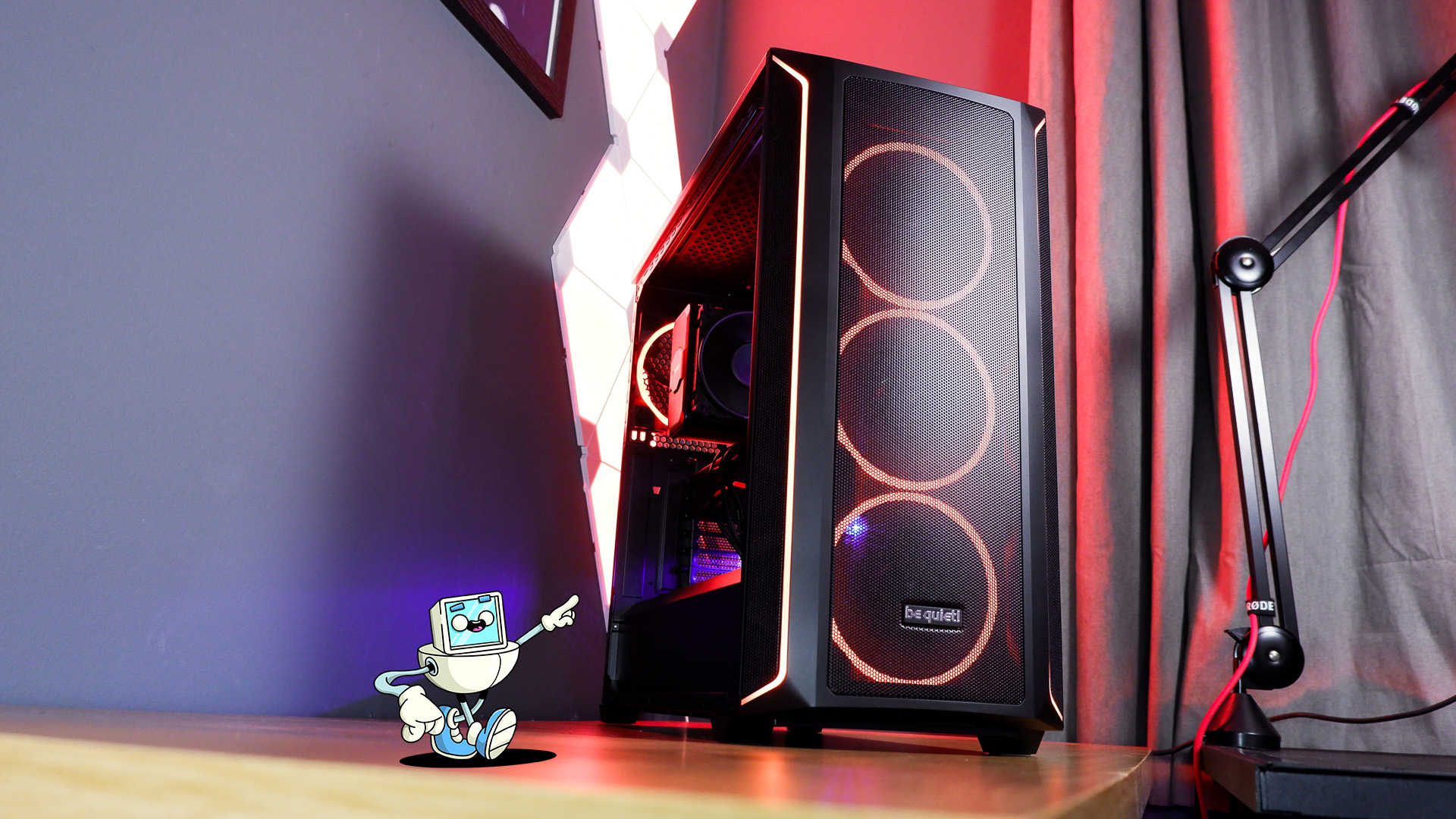
Everyone is talking about Nvidia these days. The gaming graphics card company, turned datacentre company, turned AI company, turned Wall Street darling… even my Nan asked me about them recently. But today is not Nvidia's day. Nope, this build is powered by AMD and Intel parts, working in total synchronicity.
You might be surprised to hear that I've used an Intel CPU and an AMD GPU for this mid to high-end hero: a Core Ultra 5 245K and RX 7900 XT. I built it prior to the launch of the RTX 50-series, not that you can buy one anyways, but I wanted to try to be a little more sensible with my money—a $2,000 GPU isn't in the PC Gamer budget.
My main takeaway from this build is just how easily it came together. A spacious chassis with room to manoeuvre, paired with a motherboard with some of the simplest SSD slots known to humankind, and topped off with chip cooling powered by a single cable—small shortcuts that made the process of building this PC feel like child's play. And that's not me bragging about my magnificent building ability—I've had an absolute 'mare with PCs plenty of times. Not here.
The specs
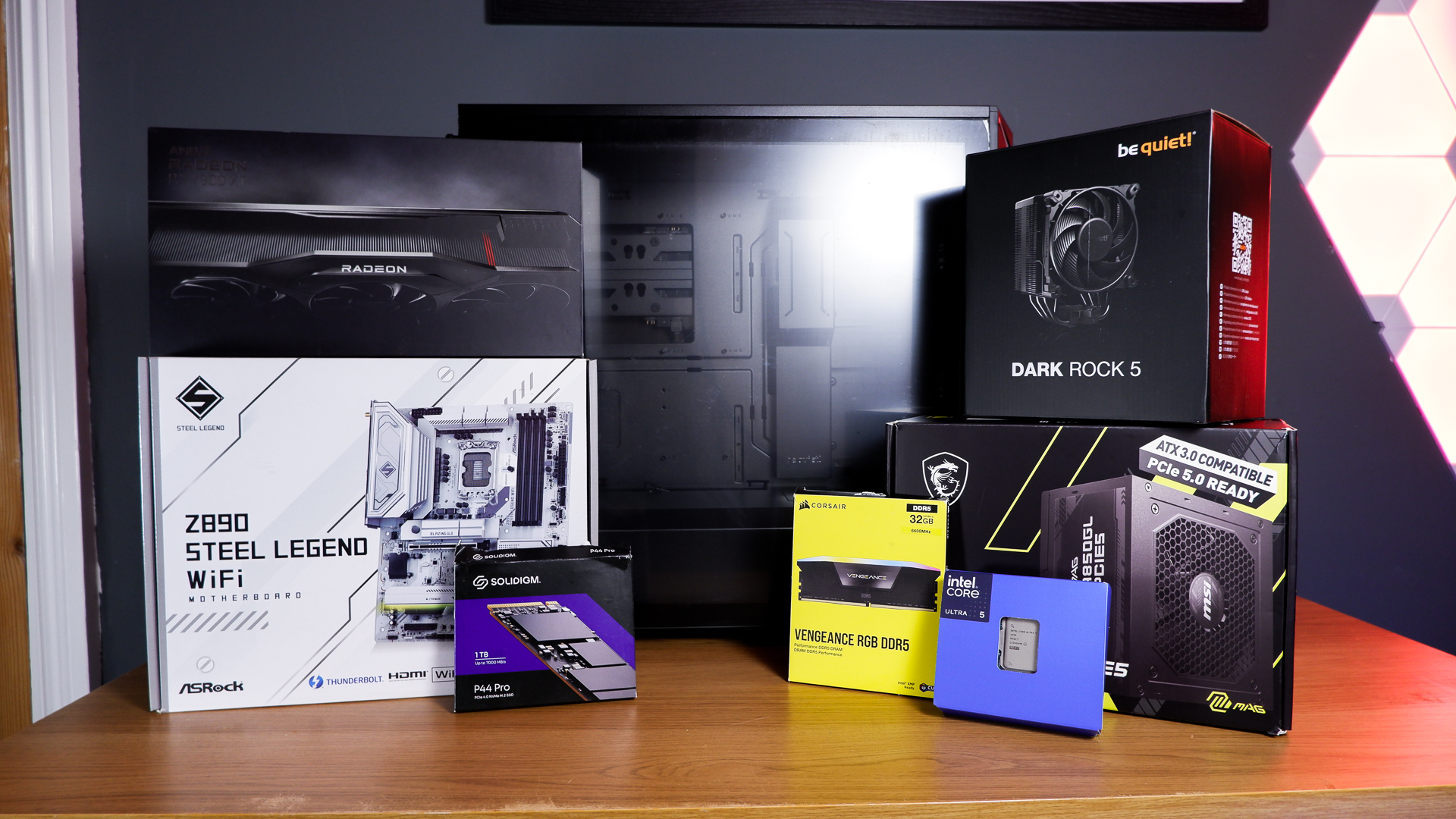
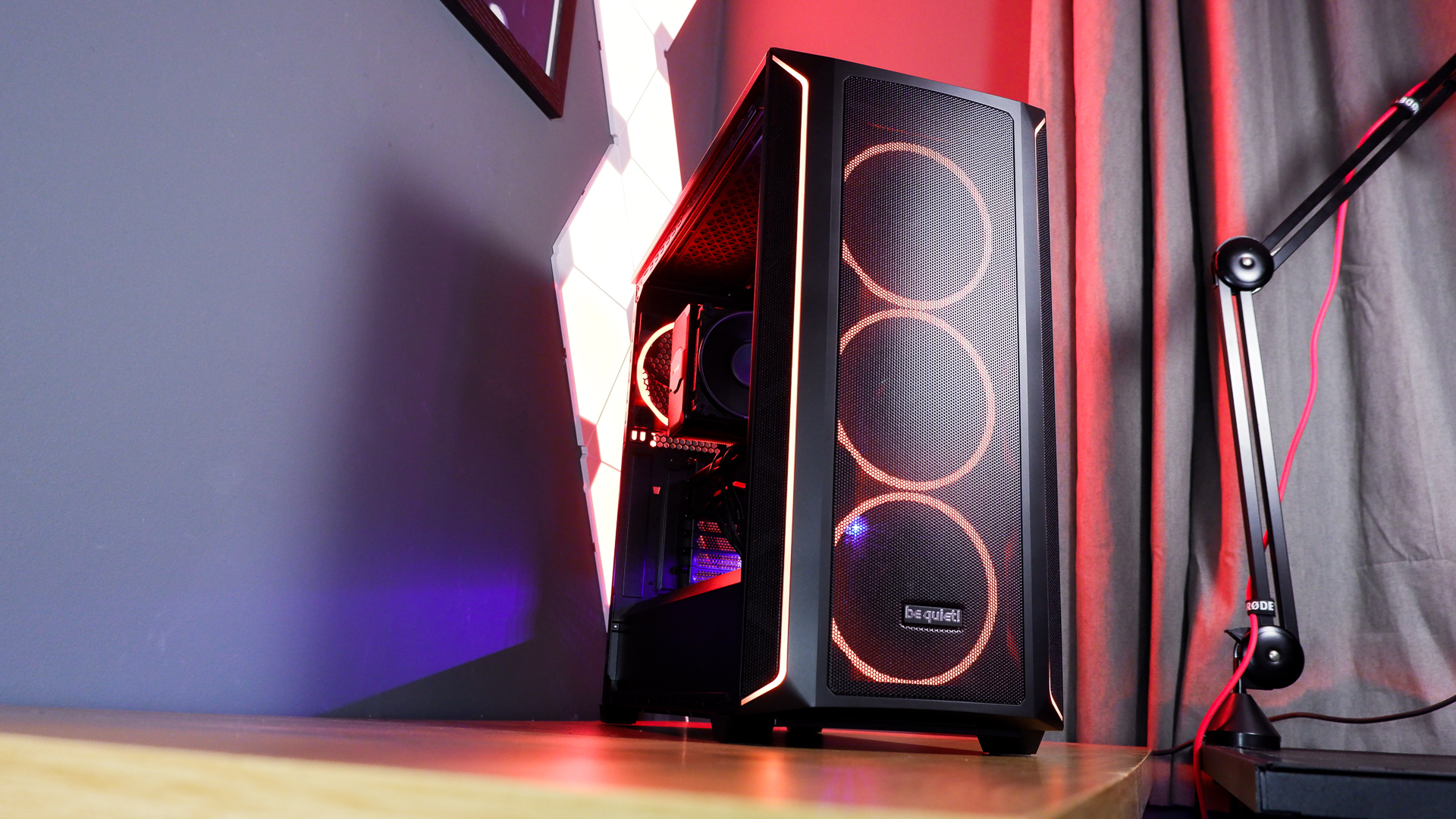
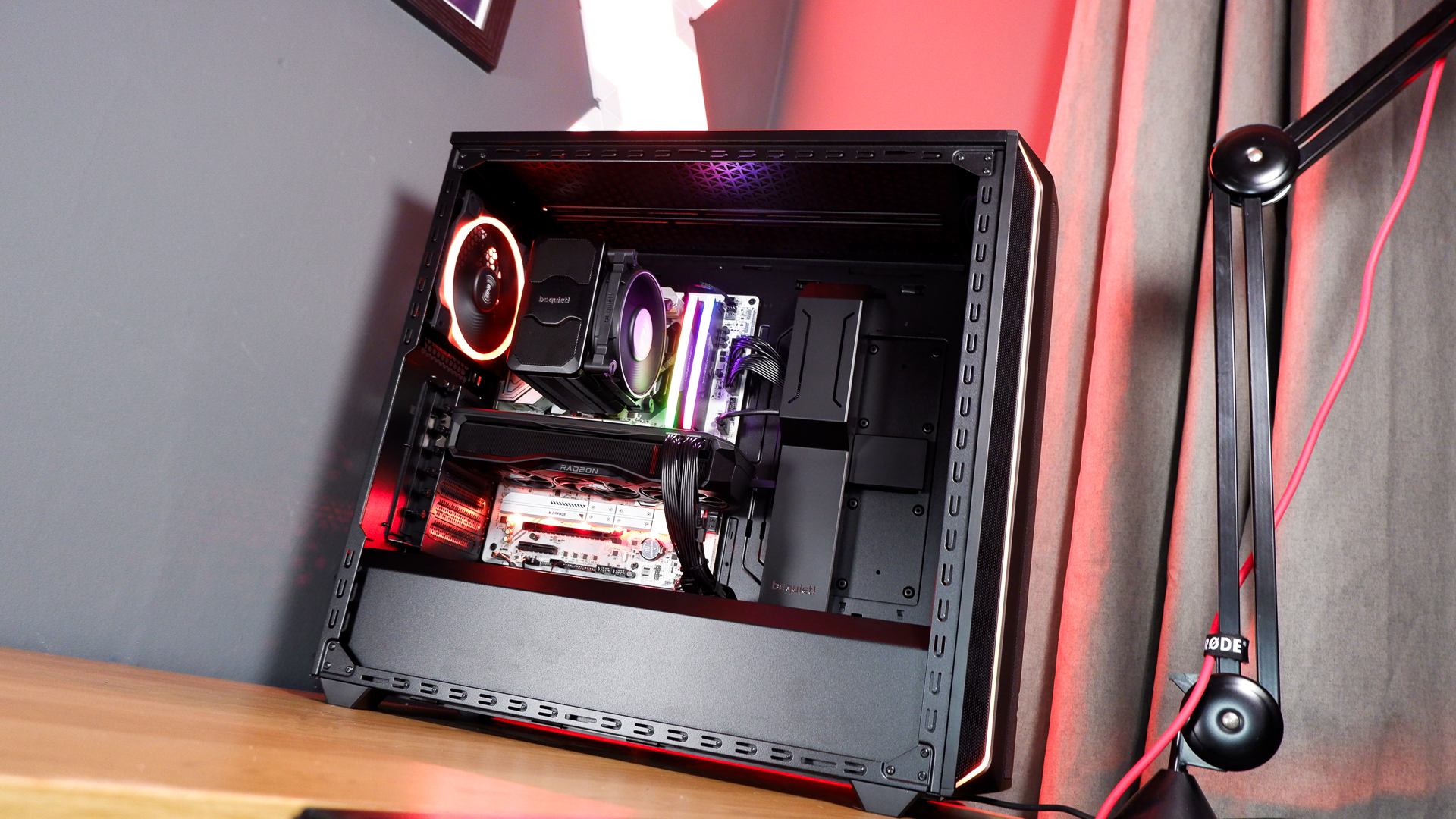
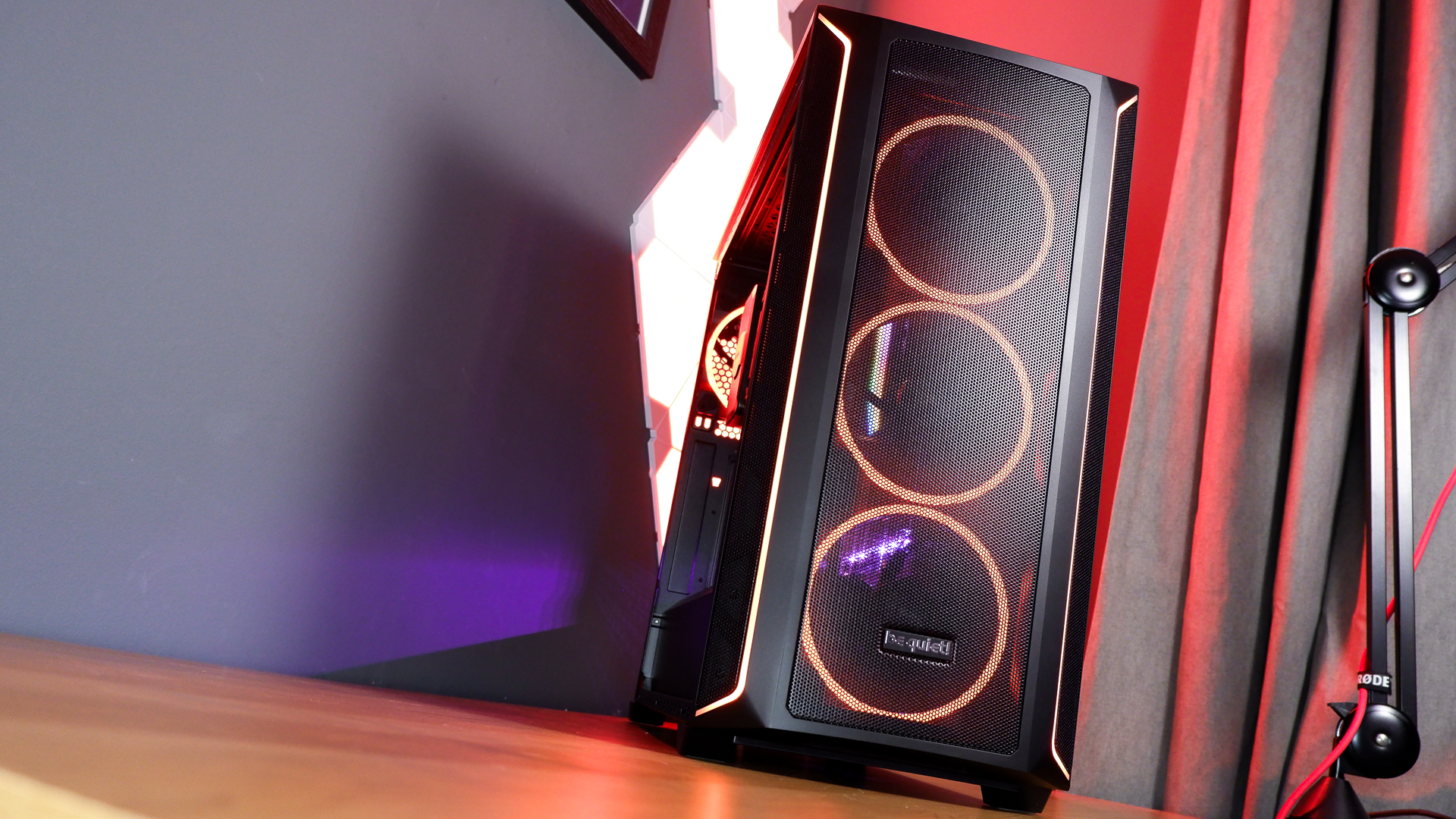
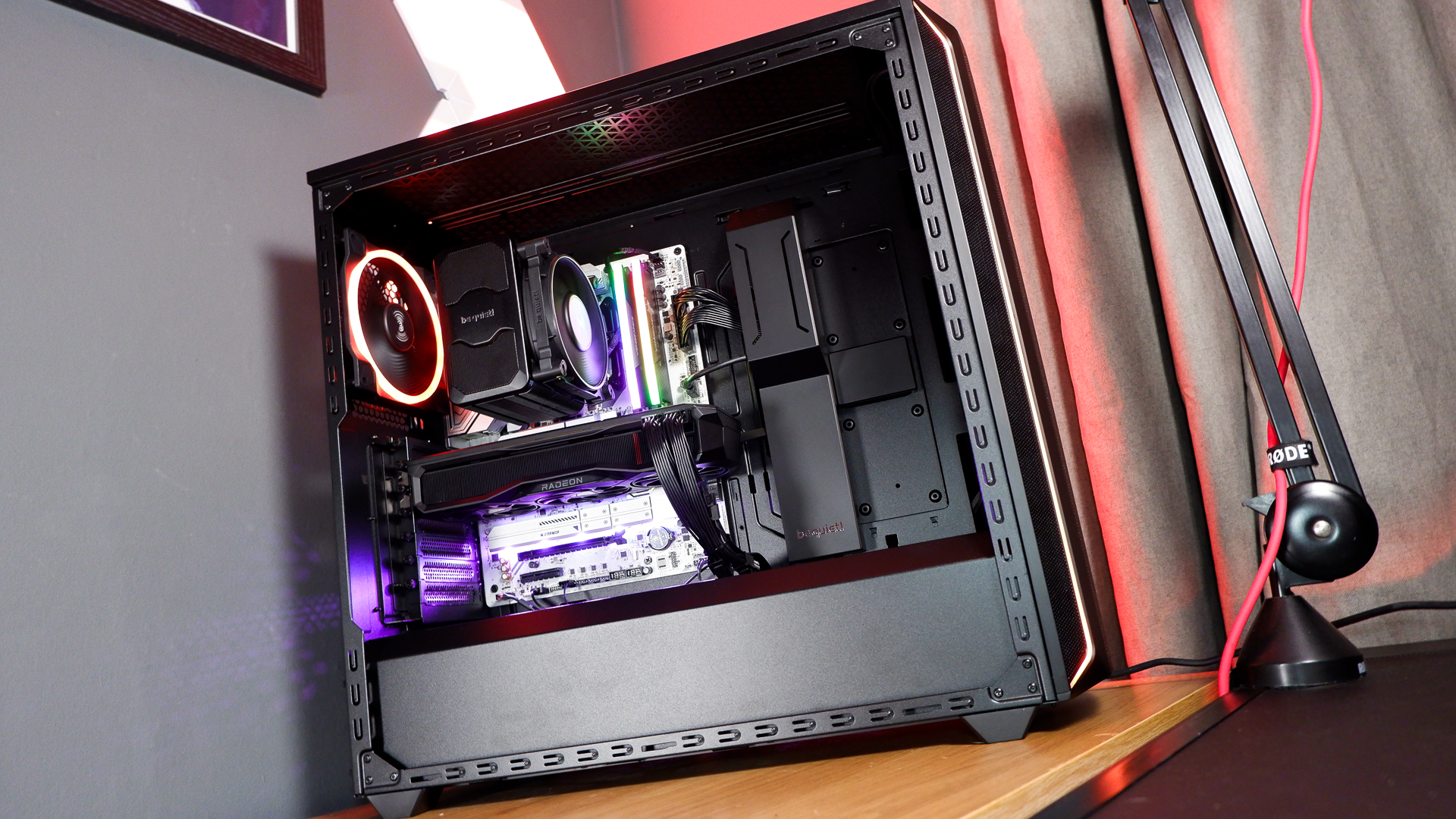
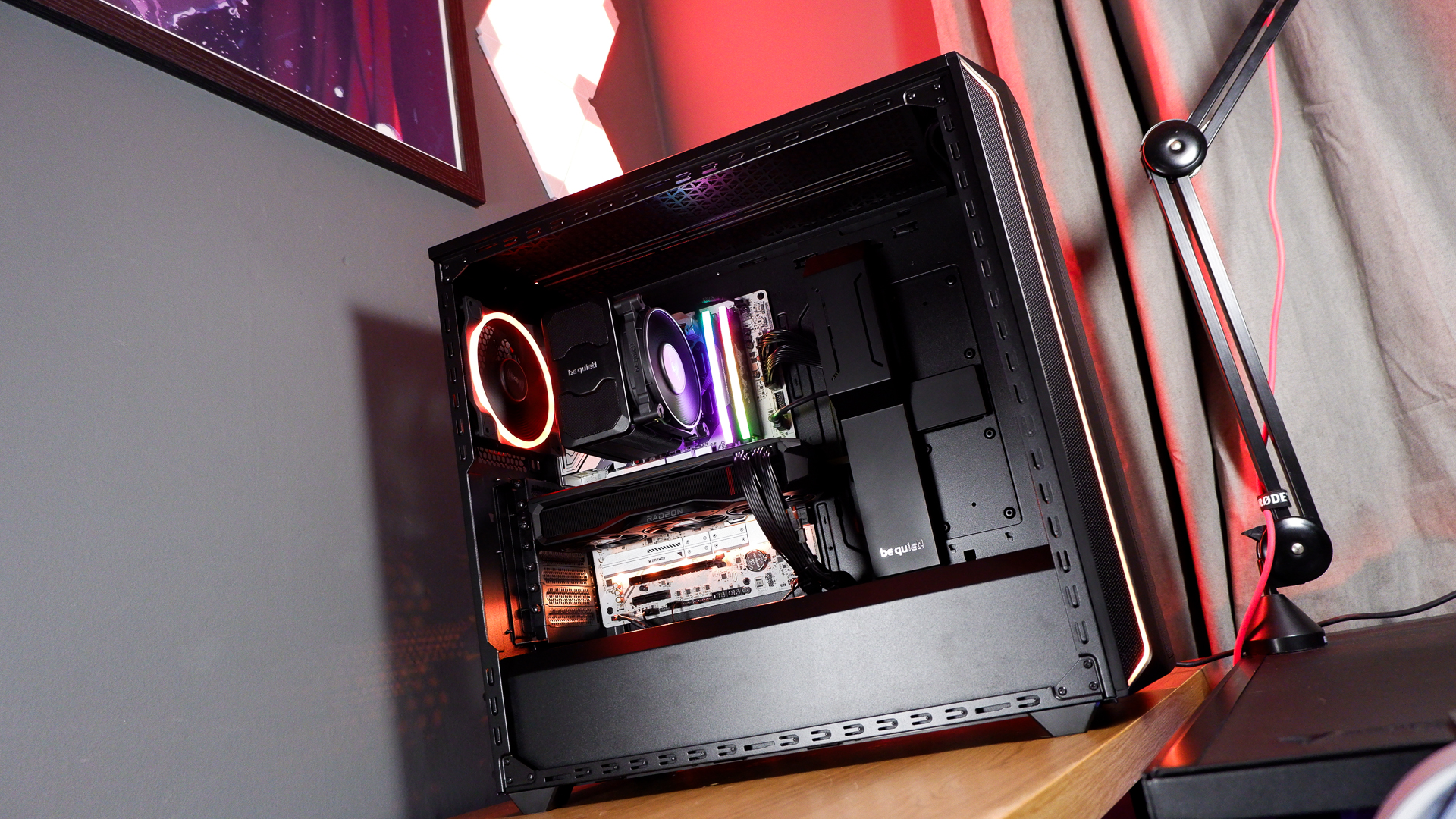
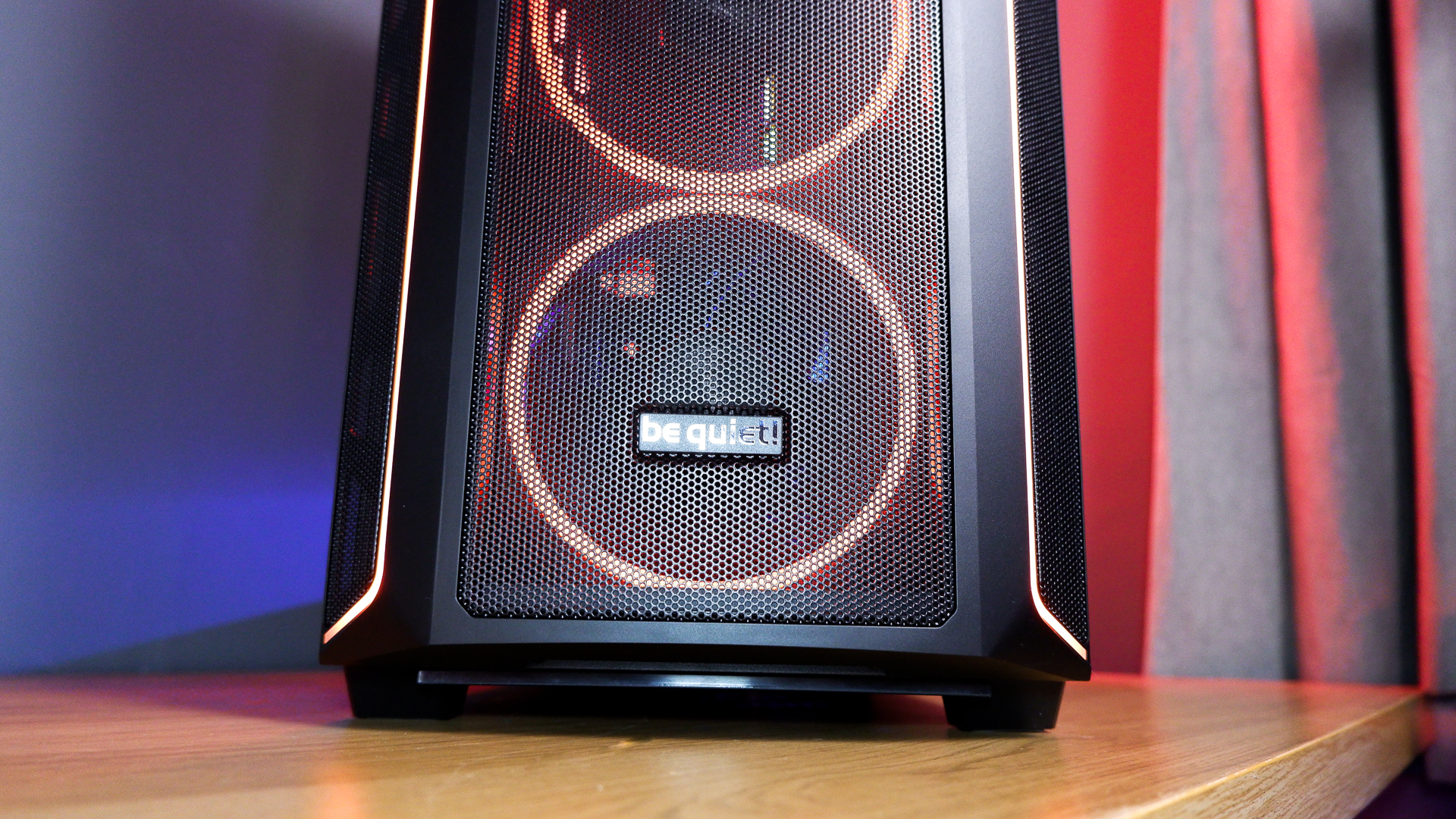
| Component | Model | US price | UK price | Buy links |
| CPU | Intel Core Ultra 5 245K | $319 | £276 | Buy link |
| GPU | AMD Radeon RX 7900 XT | $700 | £630 | Buy link |
| Chassis | Be Quiet! Shadow Base 800 FX | $190 | £197 | Buy link |
| Motherboard | ASRock Z890 Steel Legend WiFi | $260 | £255 | Buy link |
| Memory | Corsair Vengeance RGB DDR5-6600 32 GB | $125 | £150 | Buy link |
| Storage | Solidigm P44 Pro 1 TB | $120 | £105 | Buy link |
| CPU cooler | Be Quiet! Dark Rock 5 | $70 | £63 | Buy link |
| Cooling | 4x Be Quiet! Light Wings 140 mm | Included with case | Included with case | Buy link |
| Power supply | MSI MAG A850GL PCIE5 | $120 | £81 | Buy link |
Total: $1,904 | £1,767
When I was planning out this build, I had one thing in mind: 'don't go overboard, mate'. I mostly managed that, though you'll forgive a PC gamer for a little overzealous ordering.
As mentioned above, this gaming PC is built on Intel's latest processor platform, Arrow Lake, and the Z890 chipset. I've opted for ASRock's Z890 Steel Legend WiFi to provide the necessary LGA1851 socket required for the Core Ultra 5 245K, though it's a stellar choice for a few reasons. Namely, the RGB light bar along the lower SSD slots.
Only joking. The lighting is a nice touch but I'm reppin' the Steel Legend for its pair of Thunderbolt 4 Type-C ports, 18+1+1+1+1 phase VRM, and some of the best NVMe slots in the biz.
The biggest gaming news, reviews and hardware deals
Keep up to date with the most important stories and the best deals, as picked by the PC Gamer team.
All this talk about SSD slots—what's the big deal? Usually where a motherboard would employ a screw, or many screws of varying sizes (yuck!), this absolute legend stuffs a couple of quick release sliders to unleash any one of the three covered NVMe slots (there's one uncovered slot, too). More than that, once you're under the hood, there are no tiny screws to unleash the SSD itself—just a twisty locking mechanism. I was in and out of those slots in no time, and without even reaching for my screwdriver.
I don't get the benefit of heaps of NVMe slots rated to PCIe 5.0 speeds on this motherboard, just one. That's due to the Z890 chipset's available lanes, and is in direct contrast to AMD's top chipset with many. But I'm not opting for a PCIe 5.0 SSD in this build to help reduce costs. Instead, the Solidigm P44 Pro 1 TB sits within this machine—a stalwart pick for its reliability and affordability.
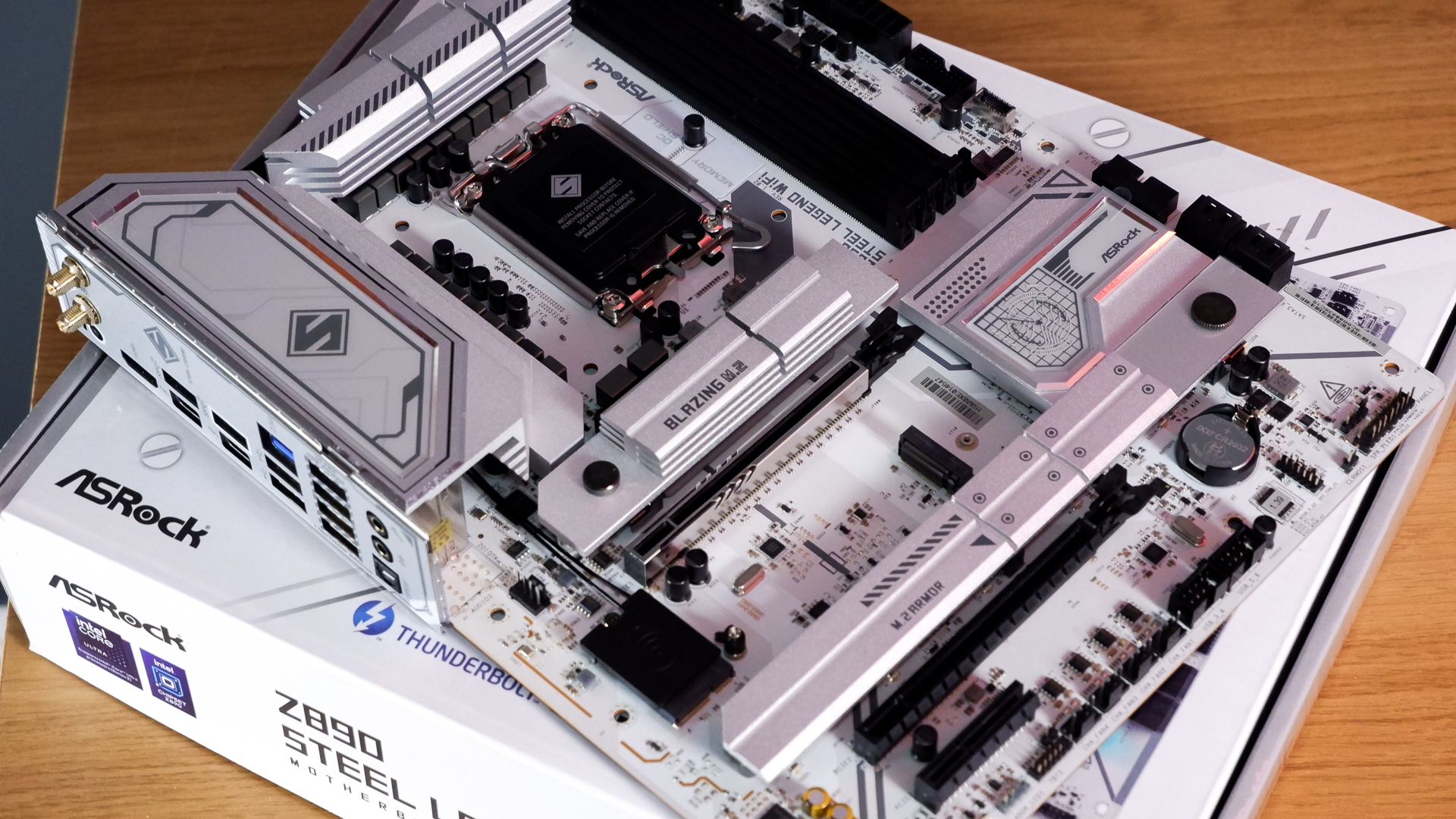
If I were using one of Intel's last-generation processors, the fiery 14900K for example, the door would be largely closed to an air cooler. Though with significantly reduced wattage by comparison, the 245K works just fine alongside the Be Quiet! Dark Rock 5. In fact, as you'll see in the performance section, temperatures remain pretty low throughout testing. And this isn't even the largest version of this air cooler available. With only a single fan to install, I had but a single fan header to connect before moving onto the next job.
The Dark Rock 5 didn't cause any compatibility issues with the RAM I've chosen for this build: Corsair's Vengeance RGB DDR5-6600 32 GB. This Vengeance gear isn't like the stuff of yore, it's still rather large for all the RGB LEDs stuffed under the hood. The more important part is that it's rated to 6,600 MHz (effective), which is a speed the Intel chip could actually benefit from to some very tiny degree. The main thing is it is actually relatively affordable memory, even for its speed, lighting and capacity.
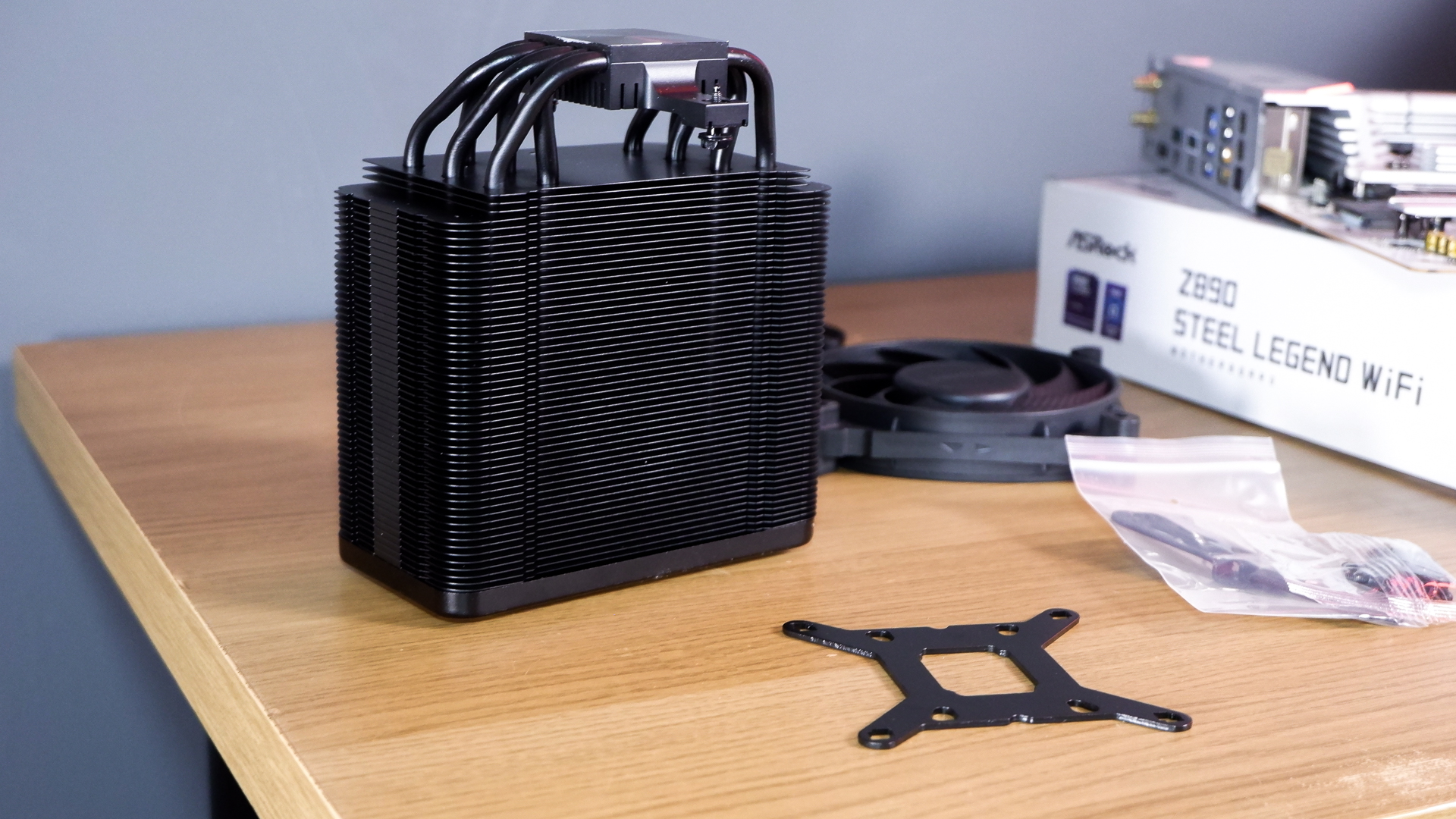
The 245K might not be top of the performance charts, nor the sales charts, but it is a better chip than some give it credit for. Namely, I can reasonably pair it with an air cooler, as I have for this build, and enjoy playable temperatures and low noise. You can't say that of a 14th Gen chip. The alternative here was one of AMD's smart and affordable Ryzen processors. While one of those would be a great fit, I wanted to give Intel's latest processor a run for its money.
The 245K comes with a mix of P-cores and E-cores—six and eight, respectively. There's no Hyper-Threading so it totals just 14 threads. Nevertheless, it's relatively impressive in encoding and rendering benchmarks, such as Handbrake and Cinebench, and draws relatively low power for this performance compared to previous generations from Intel. However, if you want the fastest gaming chip around, this isn't it. Even following a series of performance patches from Intel, I'm still left wanting for more.
Thankfully, the graphics card takes on most of the burden with rendering frames these days, especially at higher resolutions. I've opted for the AMD Radeon RX 7900 XT for this build for a few reasons: 1) they're cheap by comparison to the outgoing RTX 40-series; 2) the RTX 50-series wasn't yet available when I made this PC, though good luck getting one now; 3) the RX 9000-series is set to launch sometime in early March, so isn't available.
If I'm going to opt for a last-generation card, at least at the time of building, I could get a lot more for my money out of the RX 7000-series. The RX 7900 XT, too, has been frequently discounted and features a healthy, long-lasting pile of GDDR6 memory chips—20 GB of the stuff, to be precise.
The final two pieces of the puzzle are the MSI MAG A850GL PCIE5 PSU, which needn't be PCIe 5.0 for AMD's card, which lacks 12VHPWR or 12x6 connectors, but feels the right choice for longevity (and because I had it close to hand). Then, last but not least, the Be Quiet! Shadow Base 800 FX.
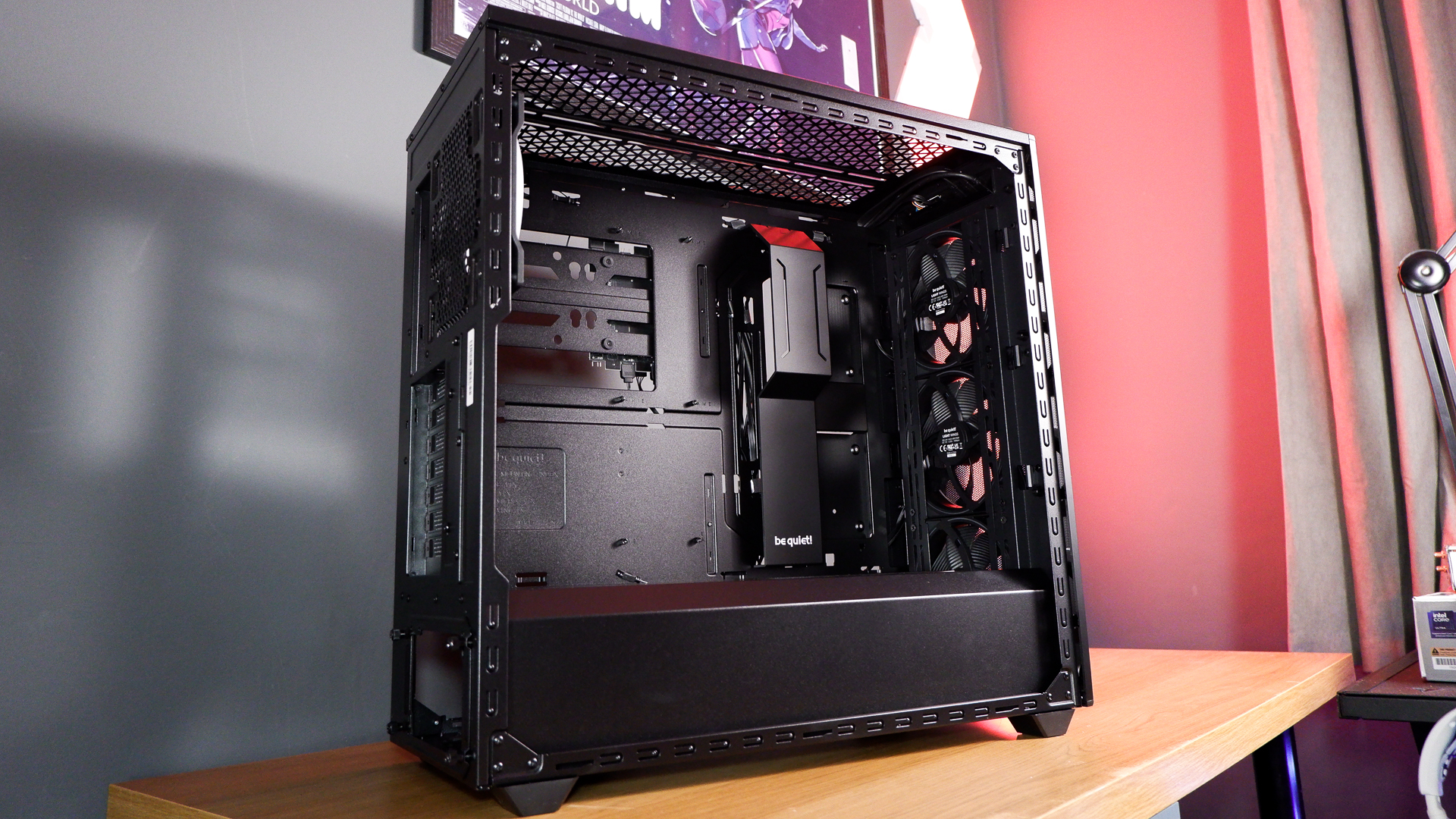
The Shadow Base 800 FX is wicked. Partially that's because of its simplicity and spaciousness. There's ample room for near-enough anything inside this case. The four Light Wings 140 mm fans make for quiet operation too, befitting the brand on the box. But it's more that I have very recent memories of building in the Be Quiet Dark Base 900.
The Dark Base 900 has sat in various living spaces of mine for at least five years. At one point it was fitted with parts for my own PC, but these days it's surrounding my partner's PC instead. It has ample room for components and lots of flexibility—though perhaps a little too much. It's a massive hassle to do near-enough anything in it. The screws are fiddly, some are now threaded, the motherboard tray is a nightmare, the PSU shroud feels awkward to remove and reinstall. Altogether, I'd be happy to see the back of it—but the Shadow Base 800 FX has shown me just how far PC cases have come in recent years.

The Shadow Base 800 FX comes part with ease, leaving a cavernous interior ready to fill with all manner of cable mess. Cable mess that is neatly hidden beneath the huge PSU shroud and cable management shroud running vertically through the centre of the case. I've taken multiple pictures of the space between the PSU and front fan, as you could fit nearly two more PSUs inside it. The case doesn't feel excessively large, however.
The fans in the Shadow Base 800 FX come connected to a controller on the back of the motherboard, which only needs to be connected to a motherboard fan and RGB header for easy operation. It also comes away with a single thumbscrew to ease cooler installation.

I've been thoroughly impressed with this chassis. Not because it does anything spectacular, it's simply easy to build into and looks smart without much effort on my part. As I mentioned in the headline, altogether this felt like a gaming PC build on easy mode. From start to finish, I hit no roadblocks, cut no fingers, and when I reached for the power button, it booted first time.
The build
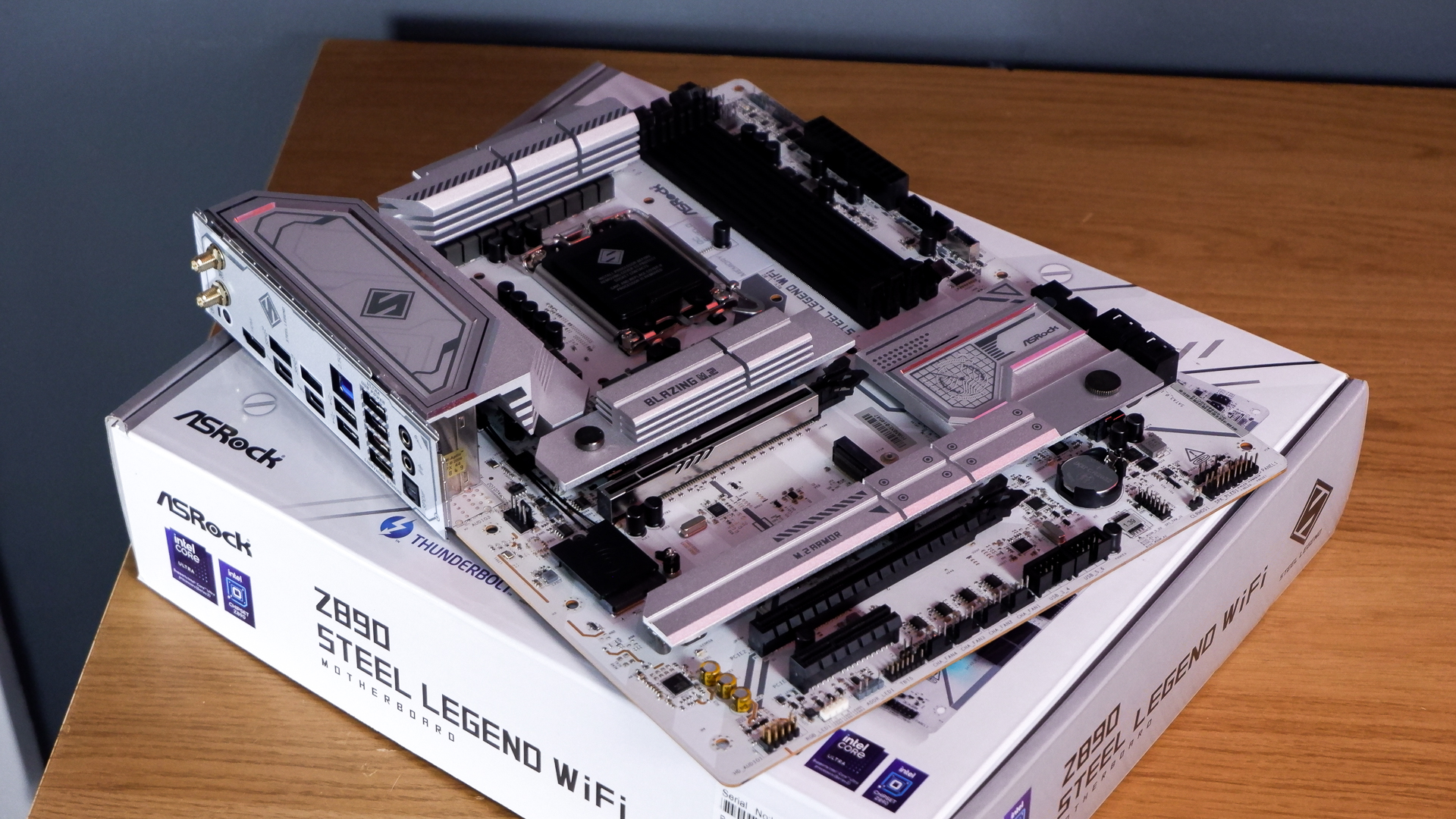
Prep the motherboard
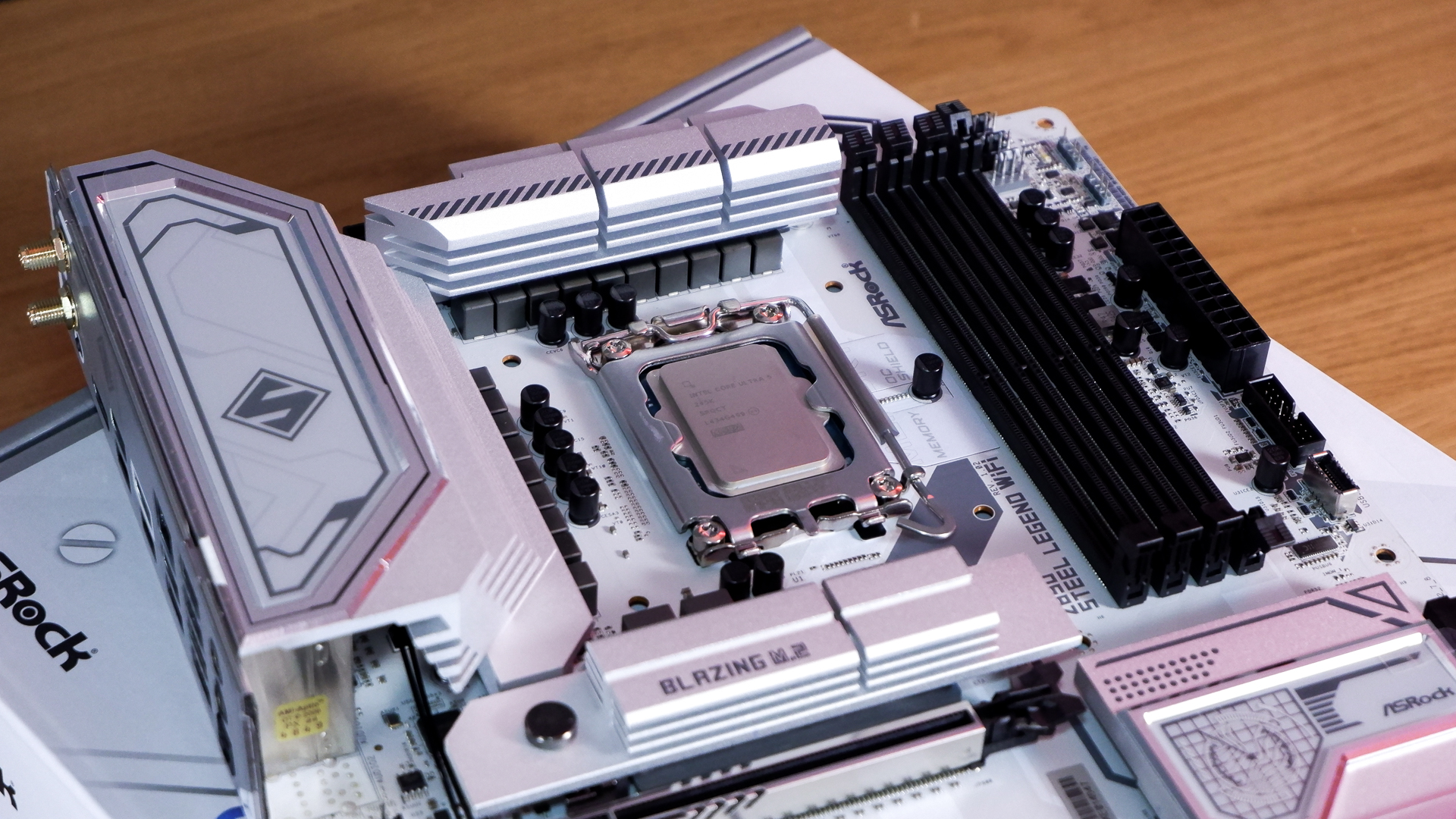
Fit the CPU into the socket
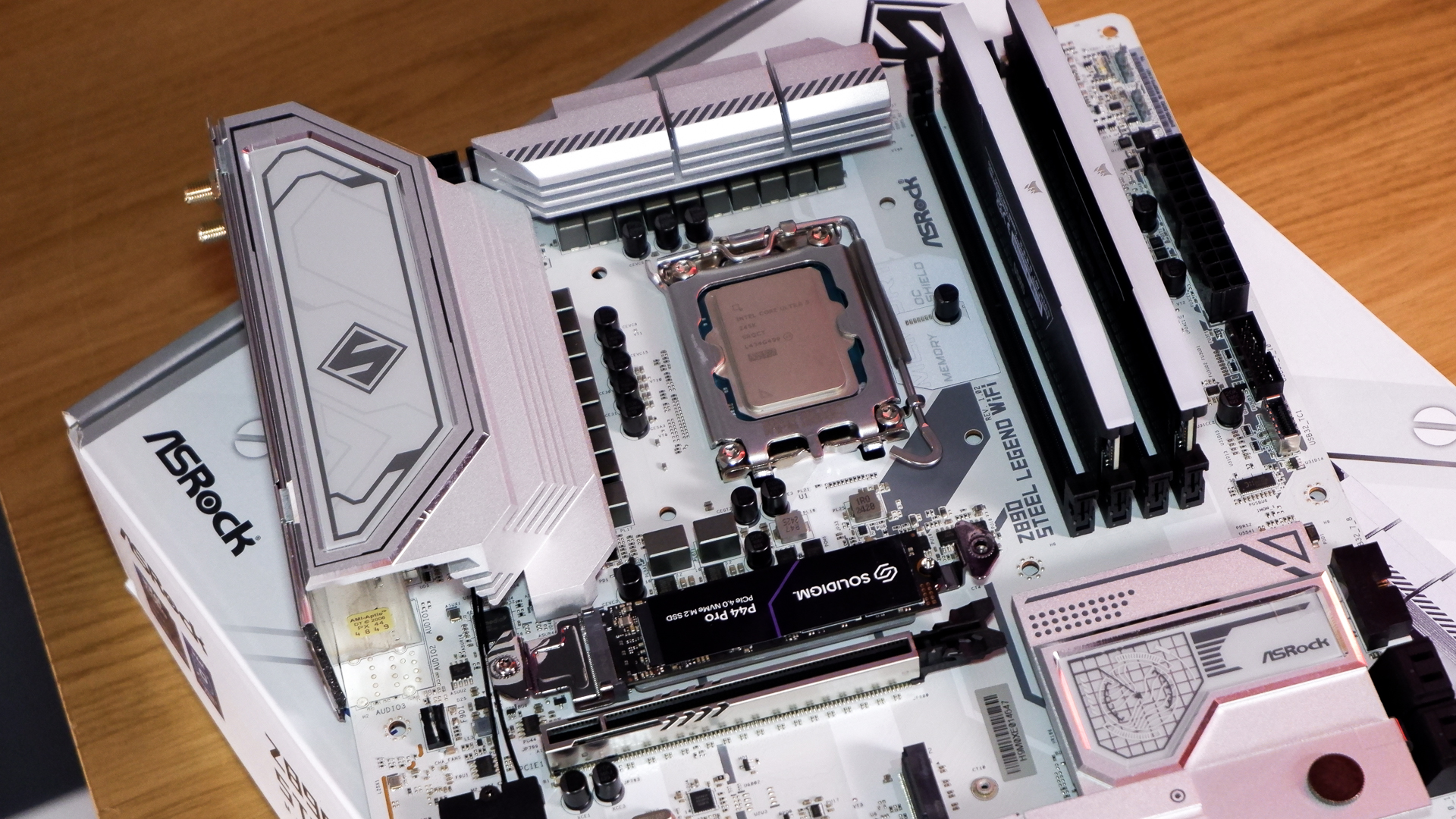
Plug in the RAM sticks
Make sure to use the correct two slots—usually the furthest away in both banks, as shown.
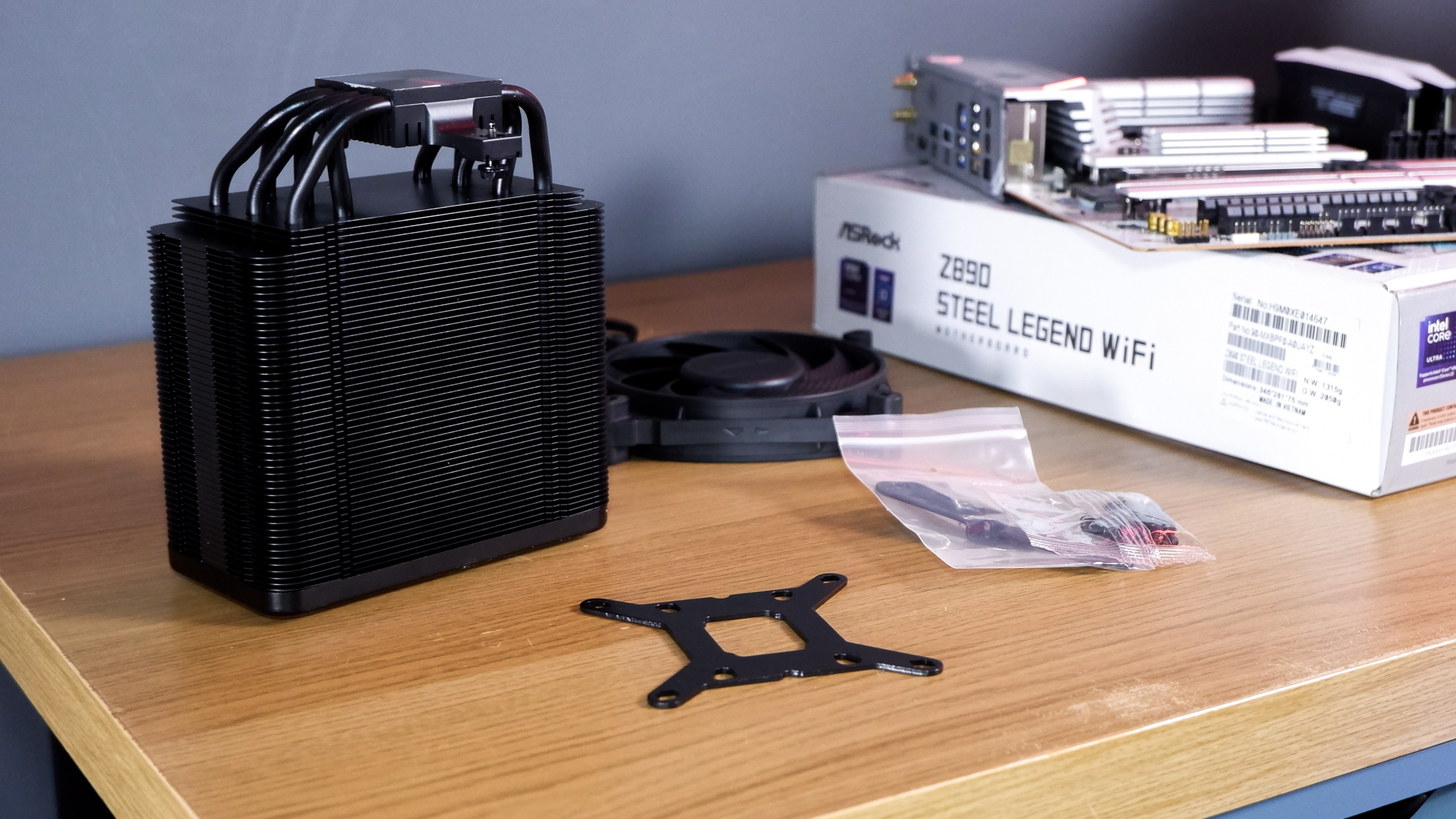
Ready the CPU cooler
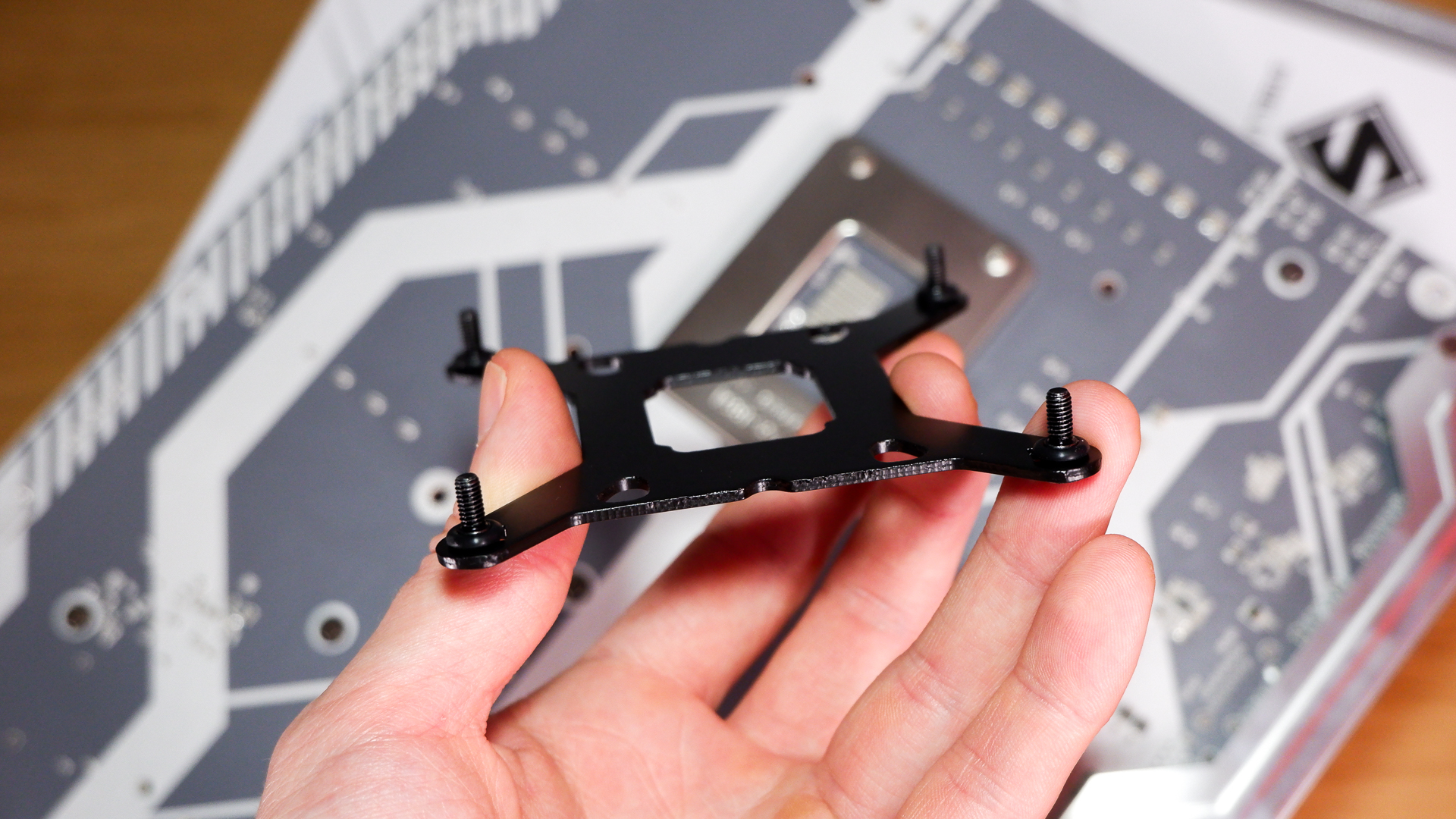
Attach the cooler plate on the rear of the motherboard
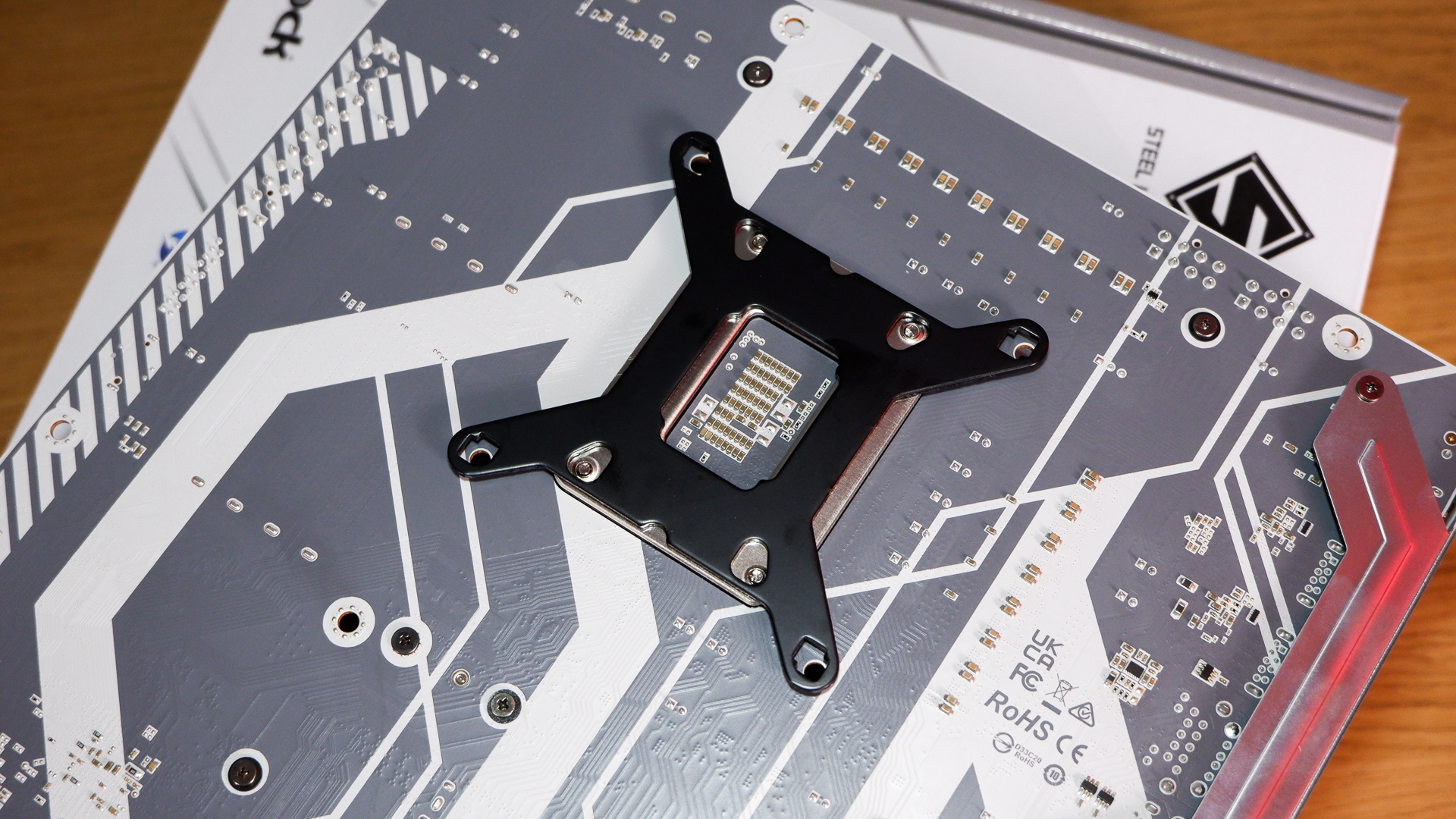
Secured (ish)
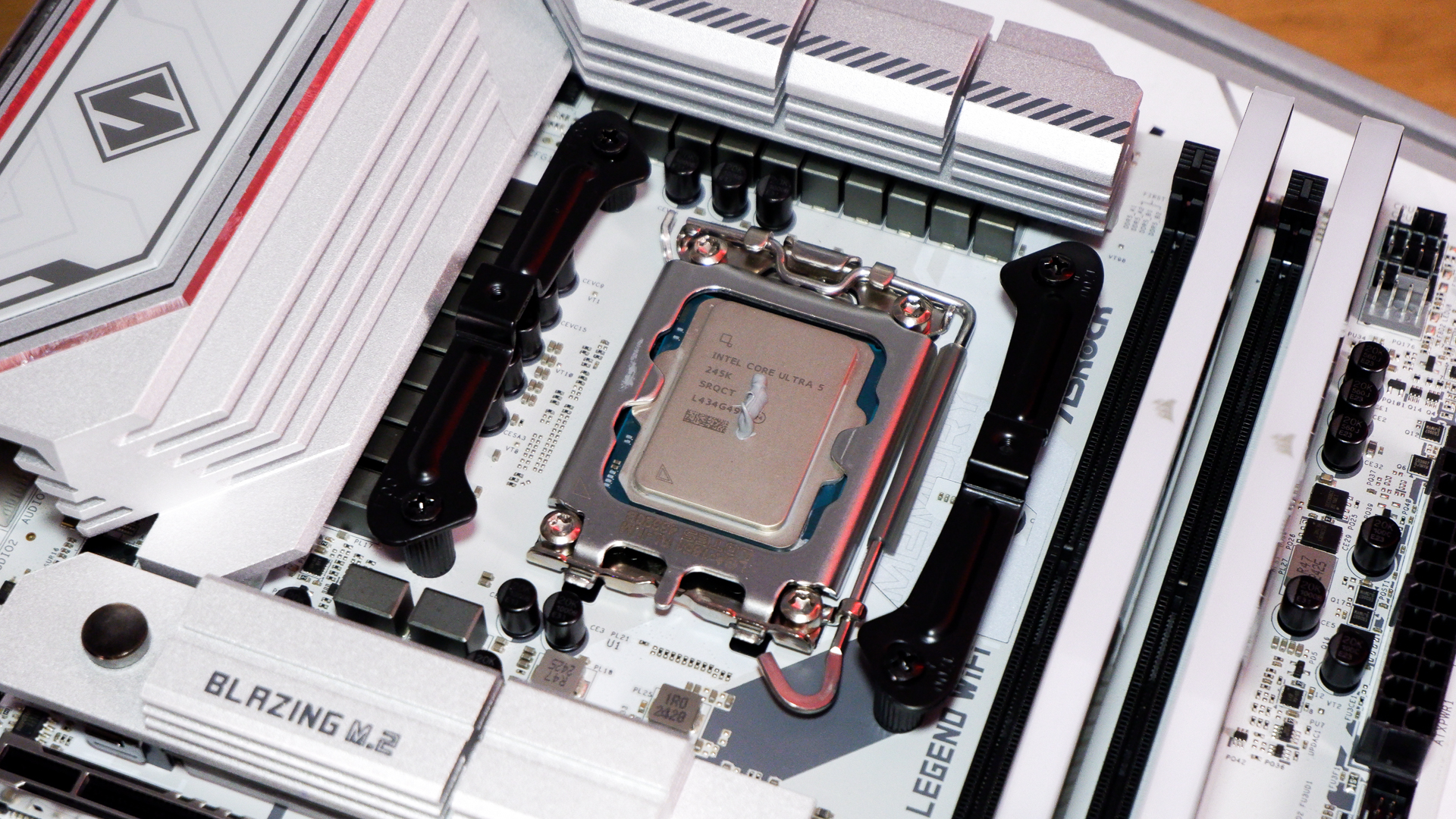
Secured with the mounting points and screws
Don't forget the thermal paste!
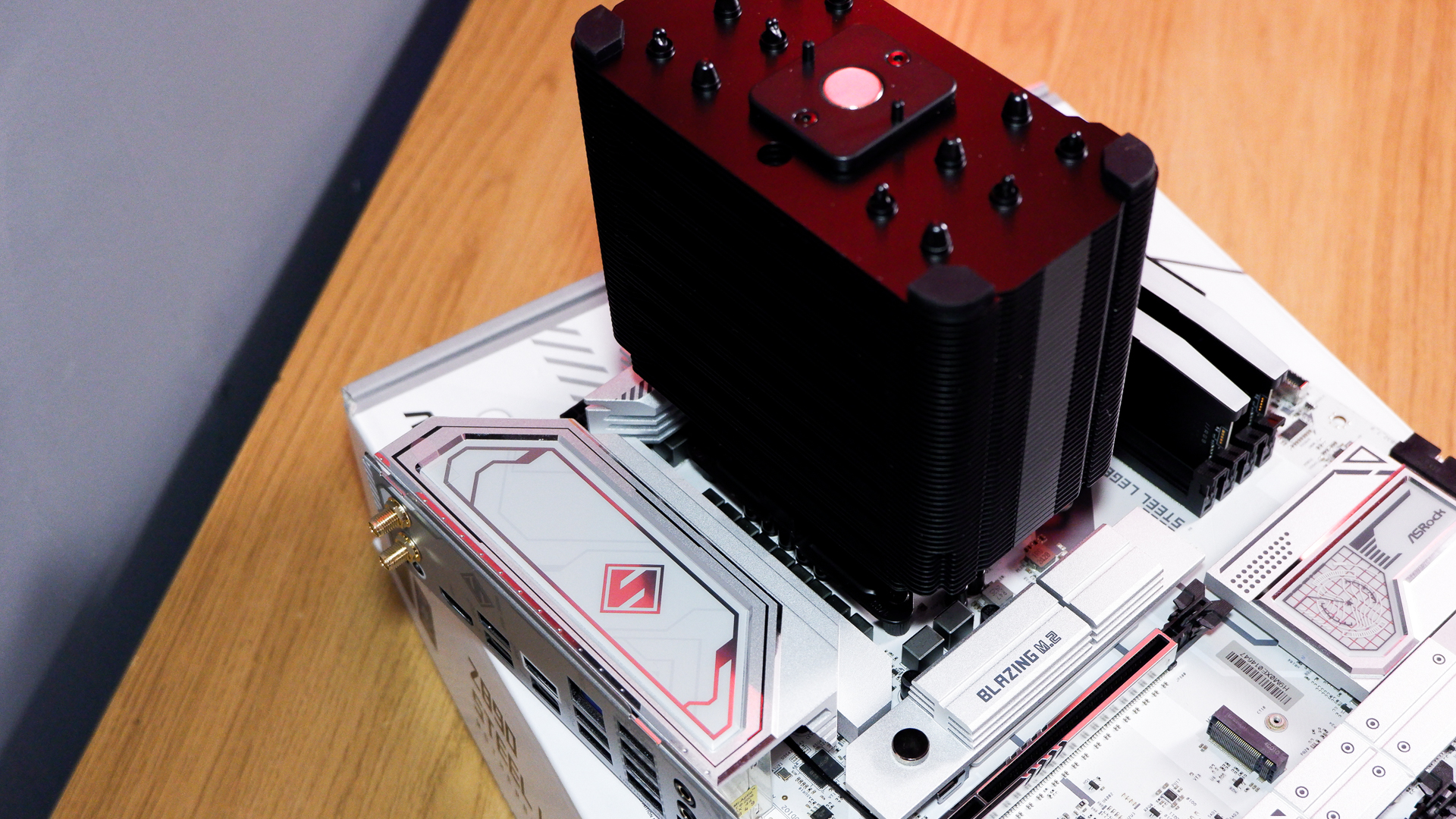
Cooler mounted 👌
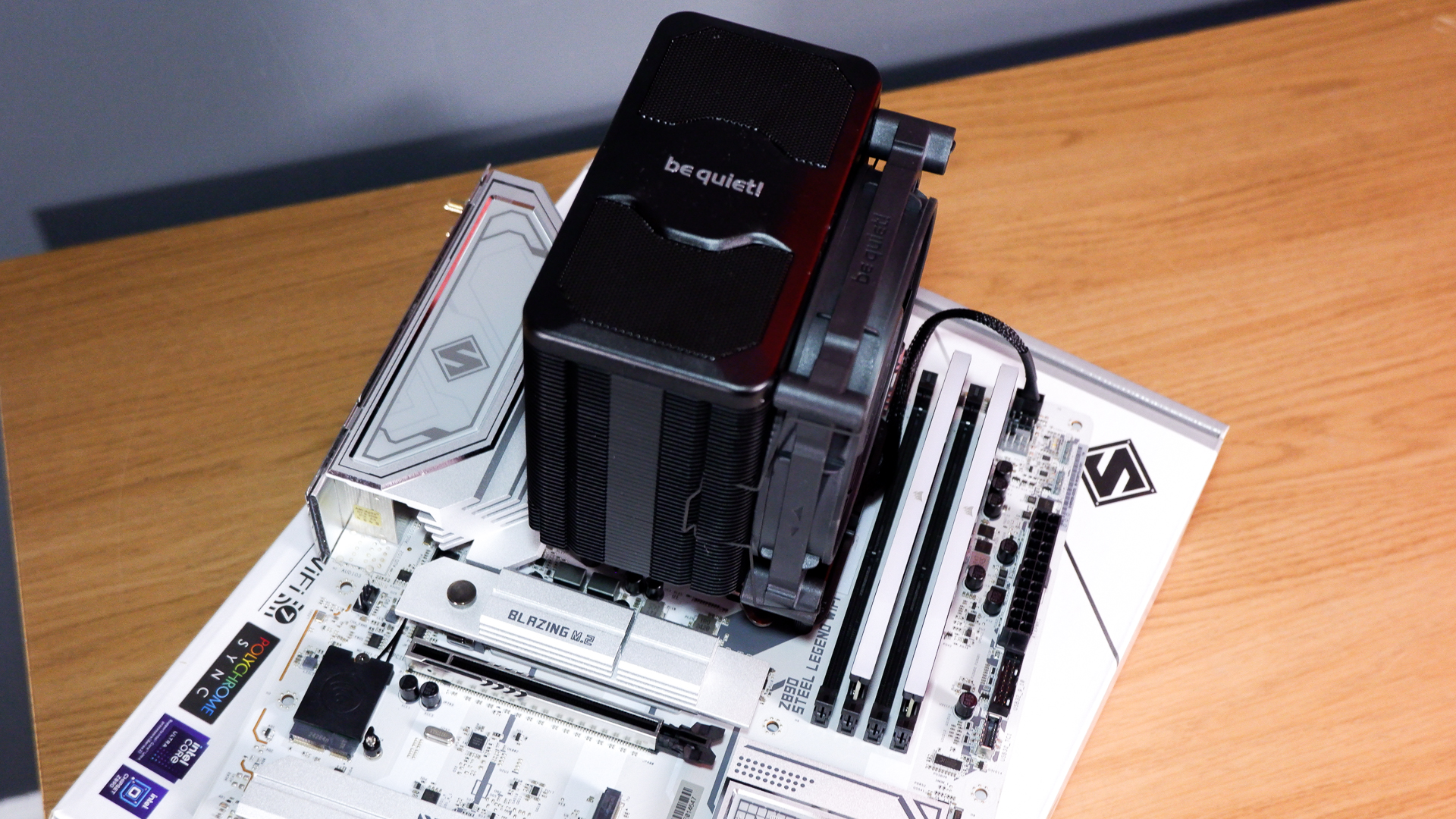
Fan connected and connected to fan header

Time to prep the case
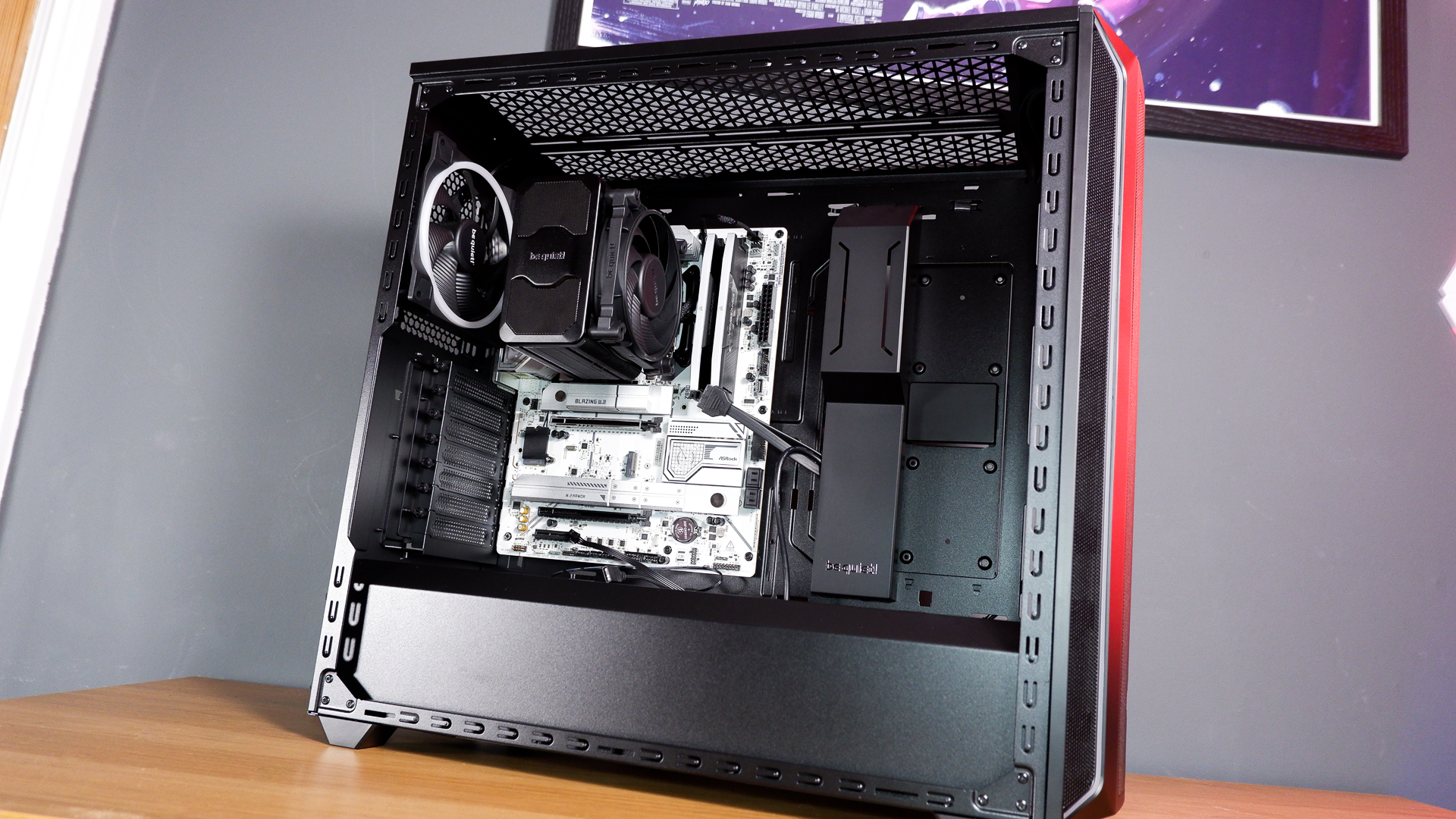
Place the motherboard on the standoffs and screw into place
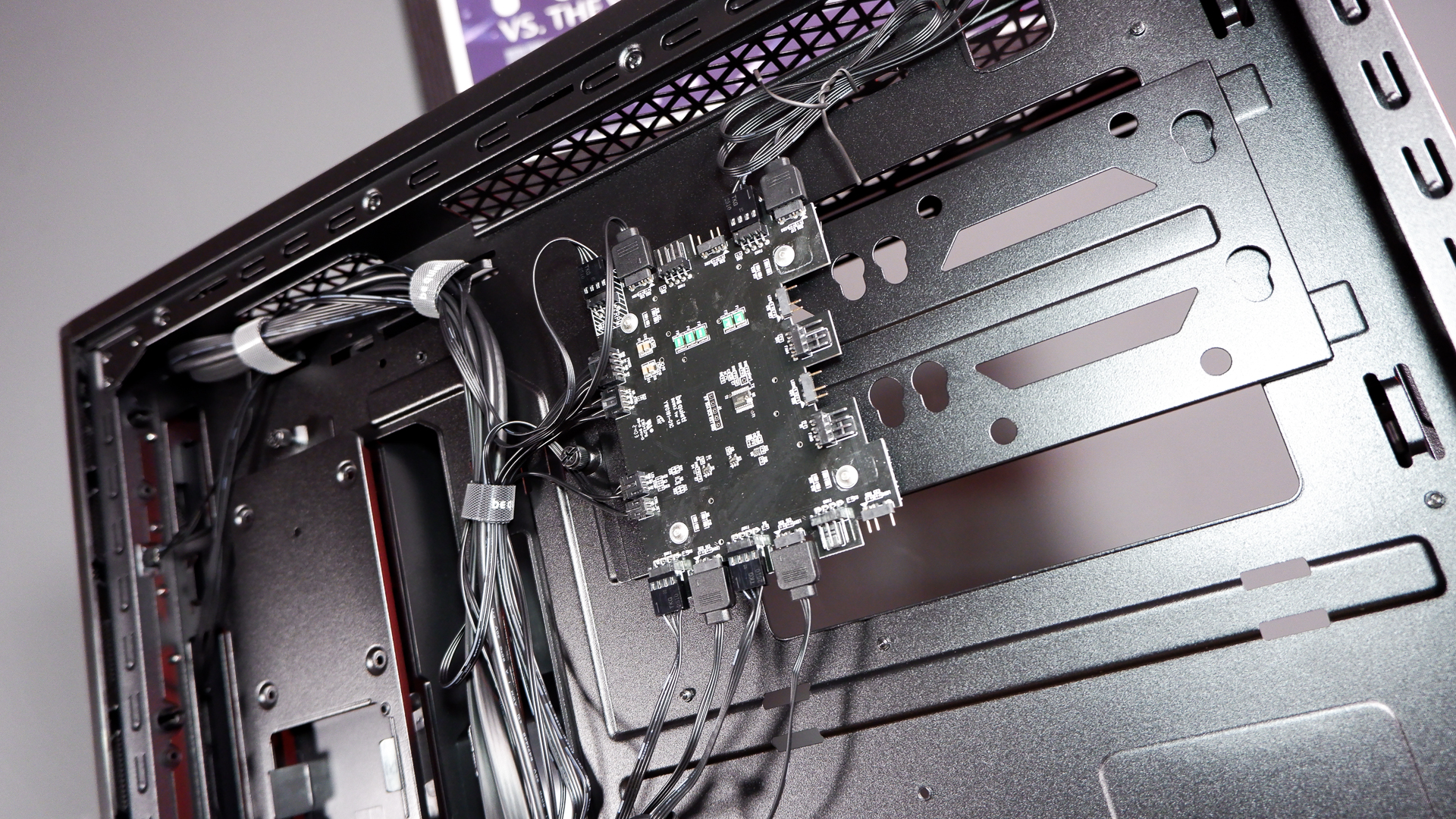
Connect fan controller to motherboard headers (PWM and RGB)
On the front, don't forget to connect the front panel connectors
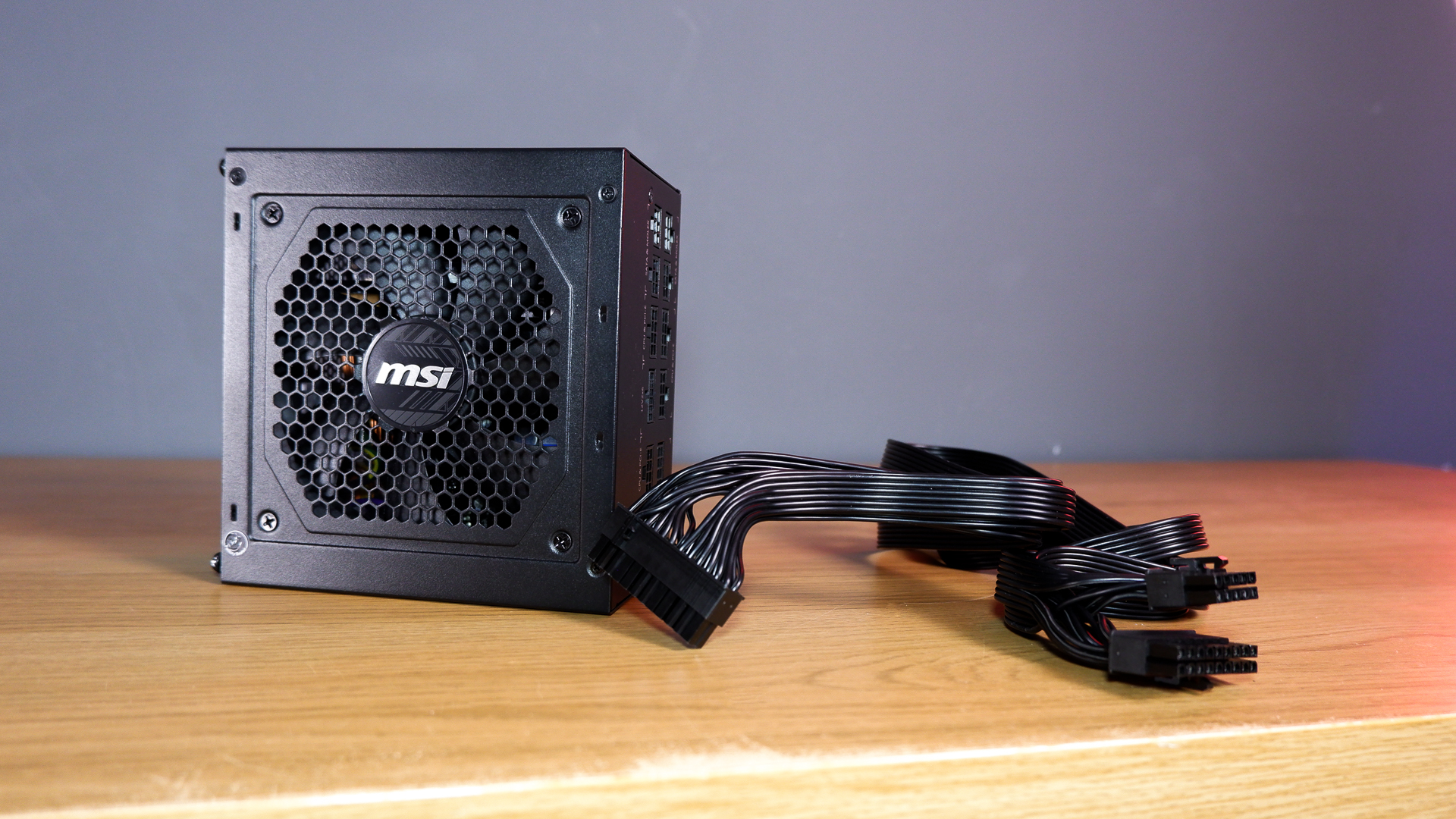
Plug in the required cables into the PSU
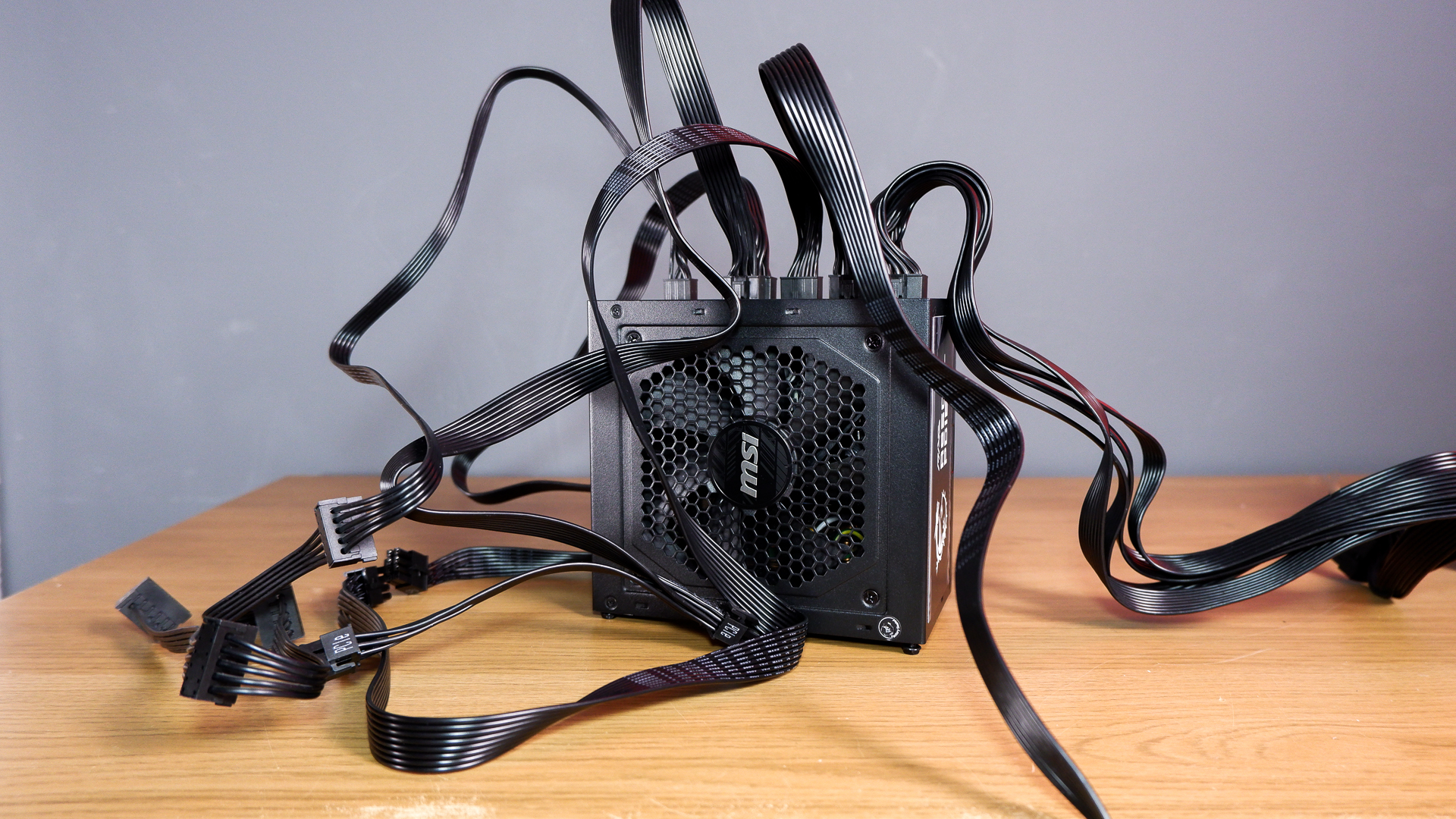
It's ready to go 👍
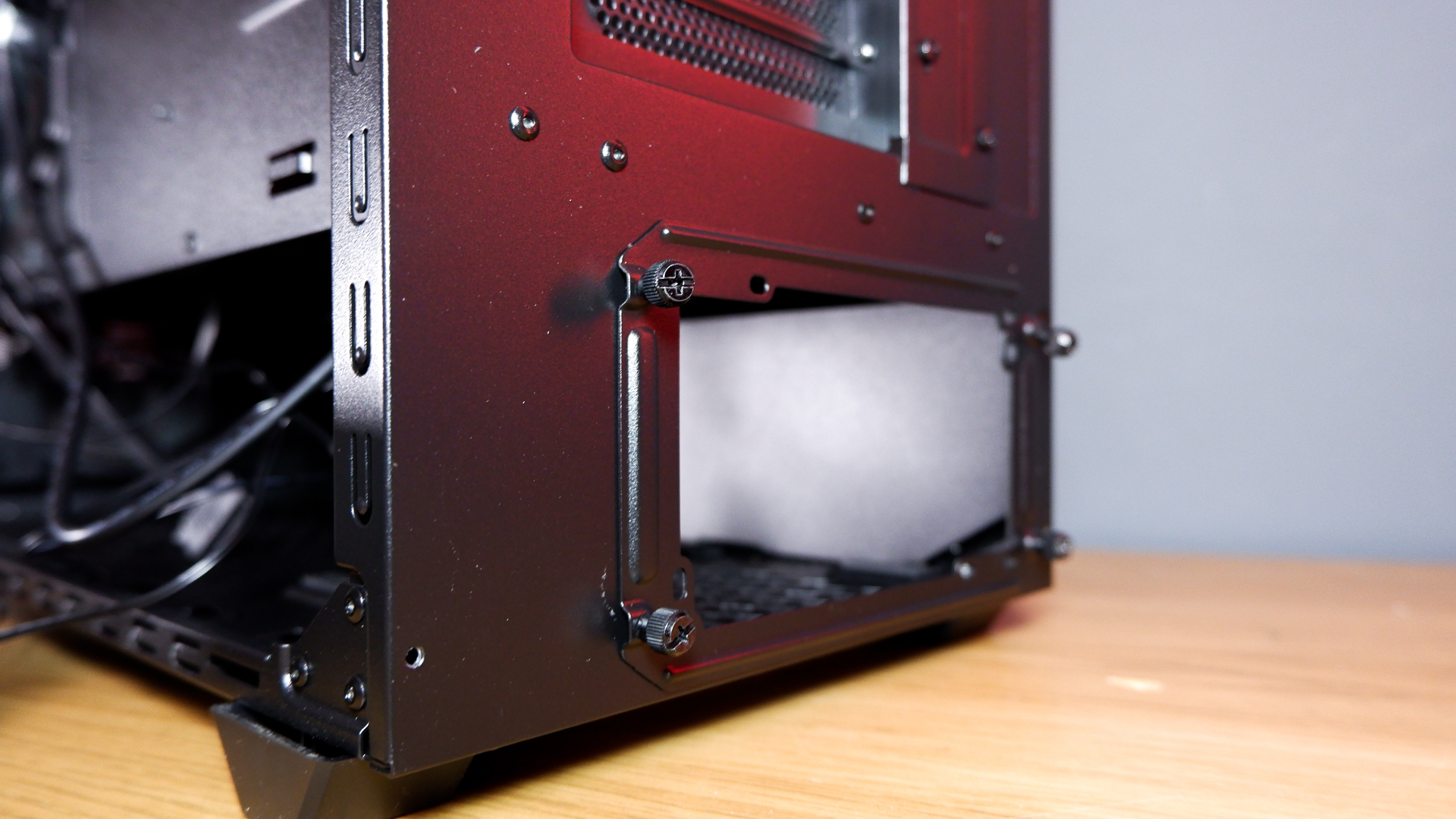
These PSU brackets are a God-send
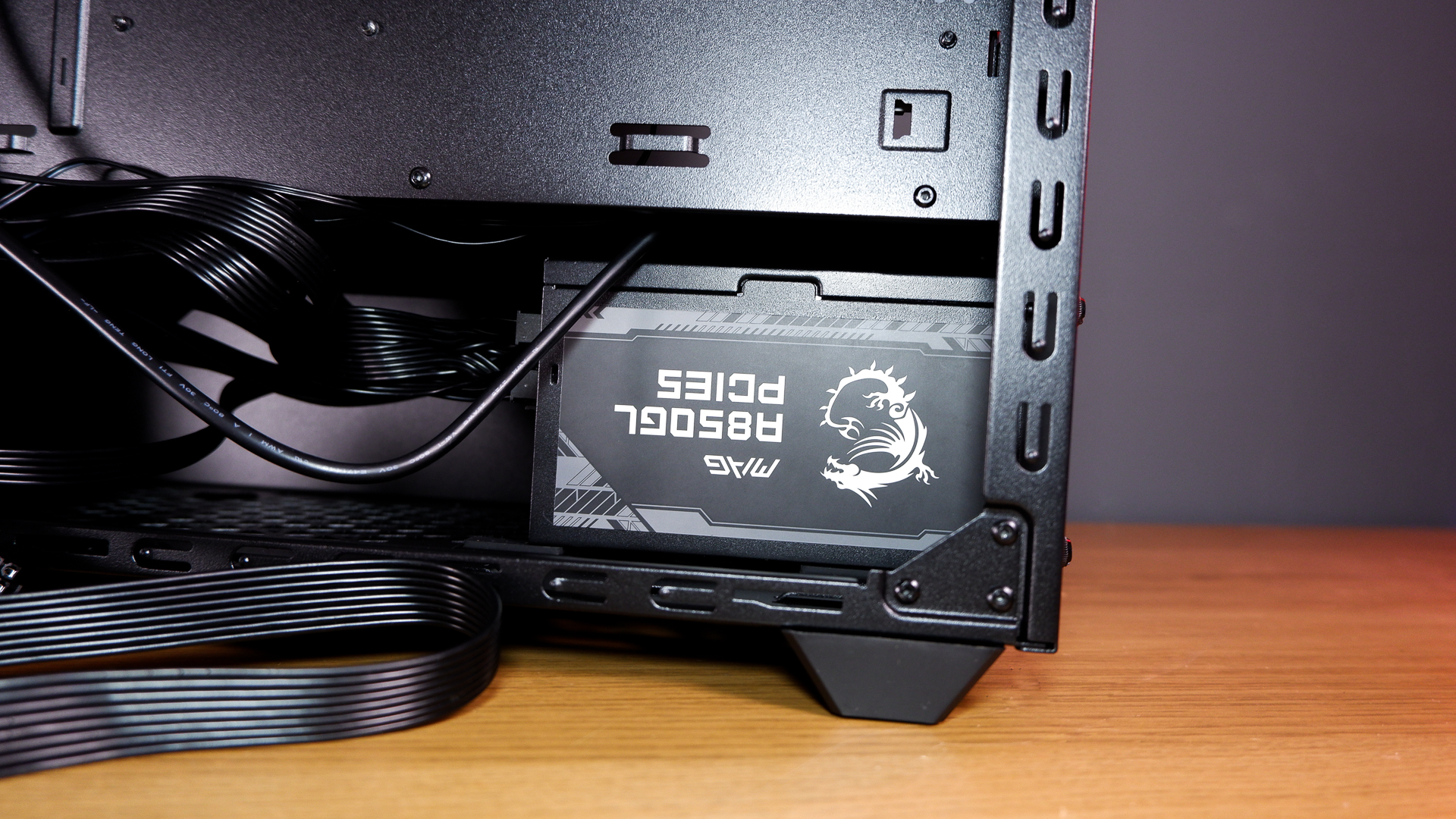
Locked and loaded
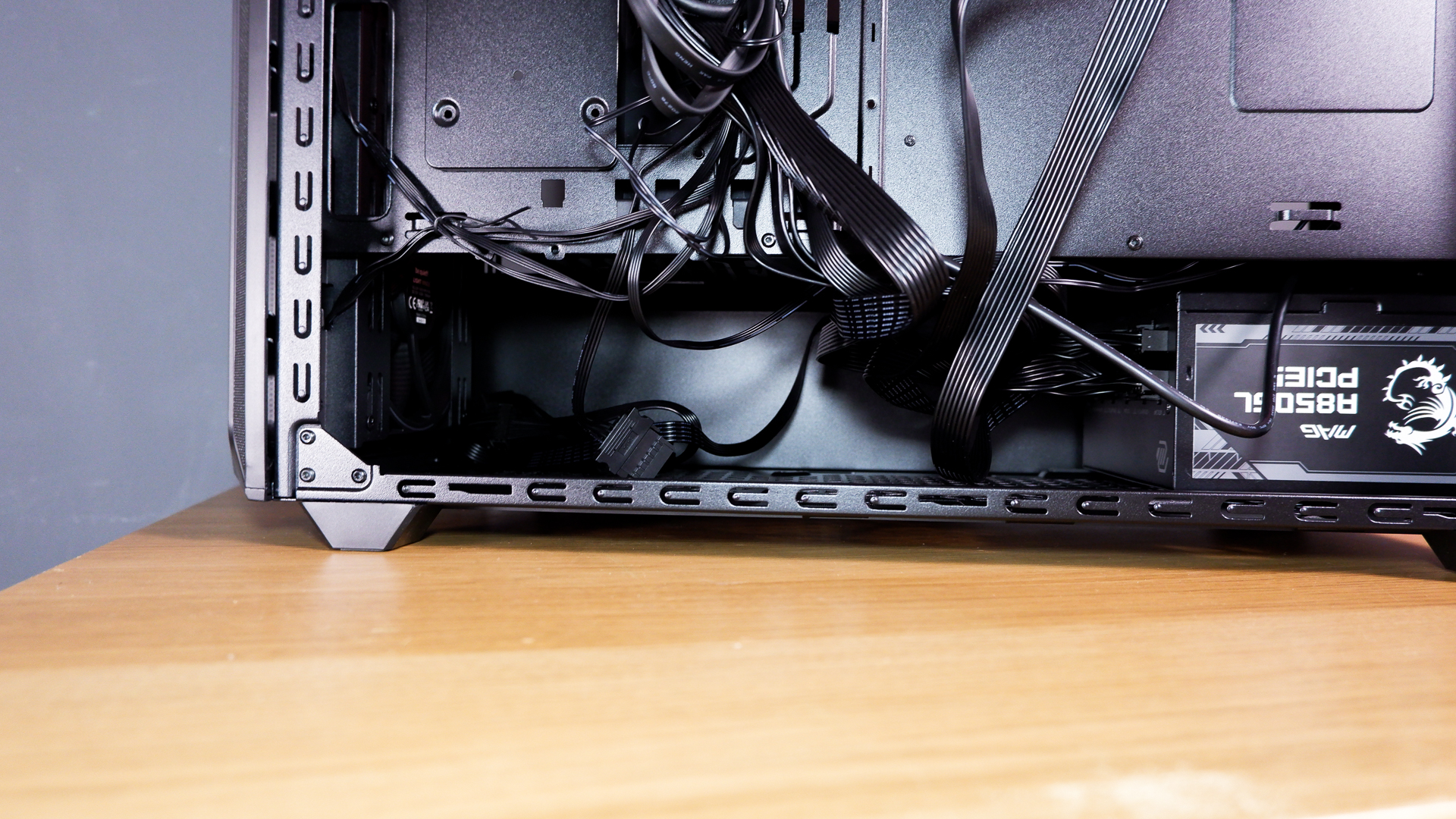
Look at all this room for activities!
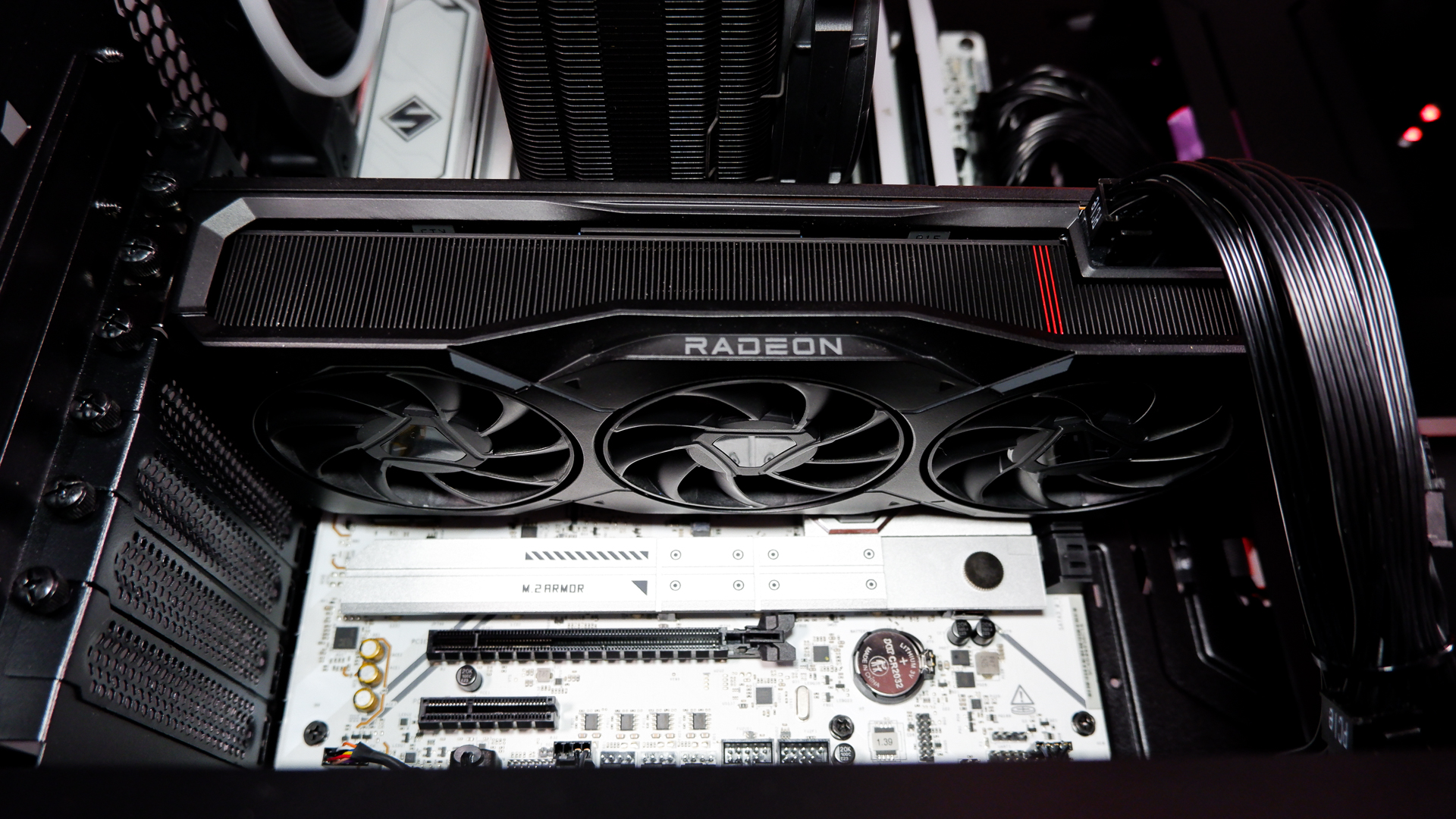
The GPU is loaded into the PCIe slot
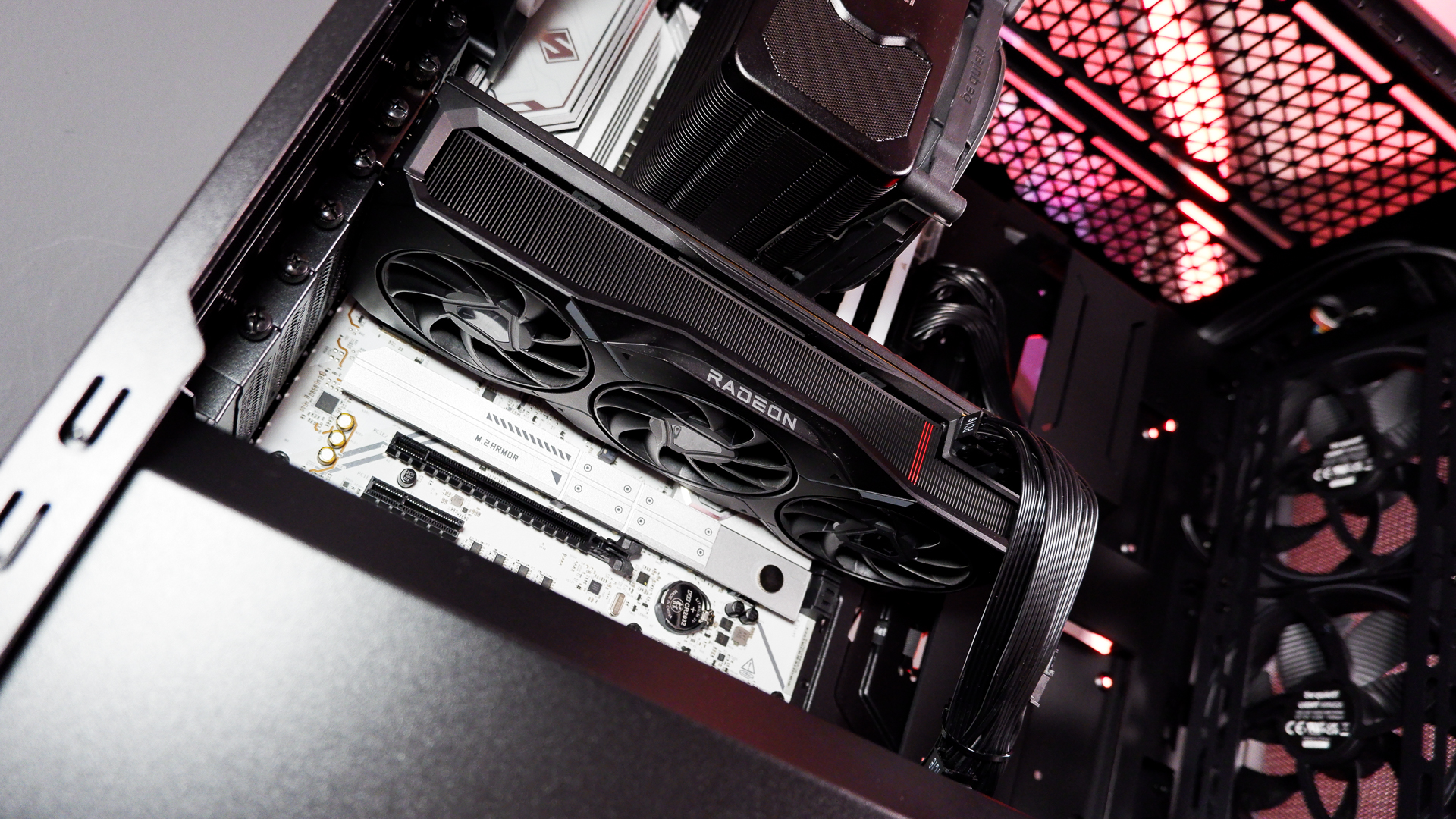
It's connected to two 8-pin power cables
Make sure to use dedicated cables for both 8-pin connections
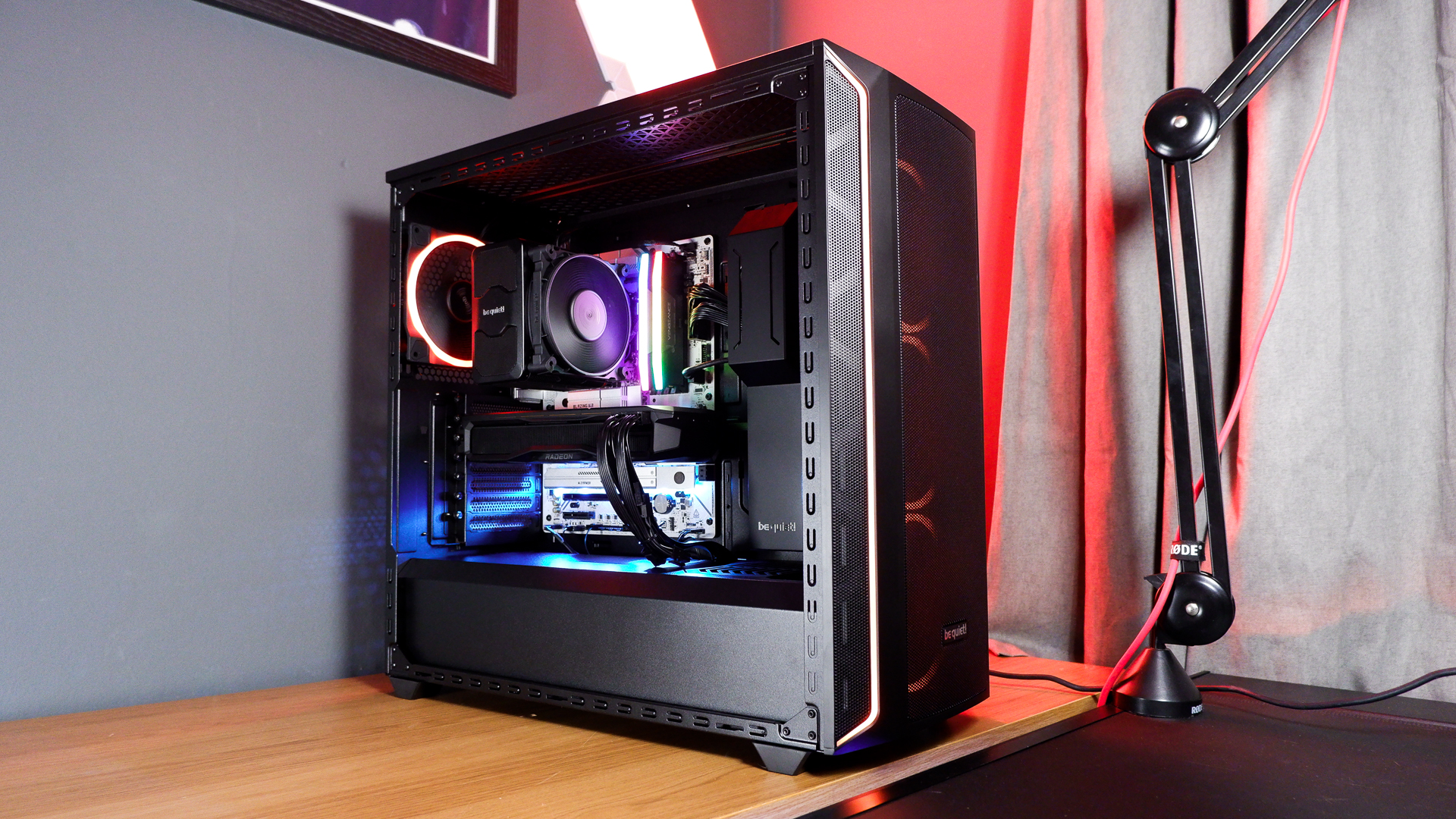
More or less ready to go!
Scroll through the gallery above for the step-by-step of how I put this build together.
The performance
Far from the highest scoring, fastest gaming PC in our testing, there is something to be said for how well the RX 7900 XT runs in most modern games. Comparing a few similar builds, the 7900 XT is often ahead of the RTX 4070 Super, and not far behind the RTX 4070 Ti Super. The RTX 50-series might crush it game-for-game, but its 20 GB of GDDR6 keeps it in the game for longer.
The Core Ultra 5 245K manages to keep up in games, though I'm sure I could eke more out of this graphics card with a speedier X3D chip in this machine. It does perform admirably next to the Ryzen 7 9700X more broadly in system benchmarks, and while slightly dampened by the occassionally higher performance of the Core i7 14700K, it is thankfully much cooler.
Temperatures are a real benefit of this lower-power processor. Despite a single-tower air cooler with just one fan in the Dark Rock 5, the 245K remained chilly under high load.
Gaming benchmarks
System benchmarks
Temperatures
The conclusion
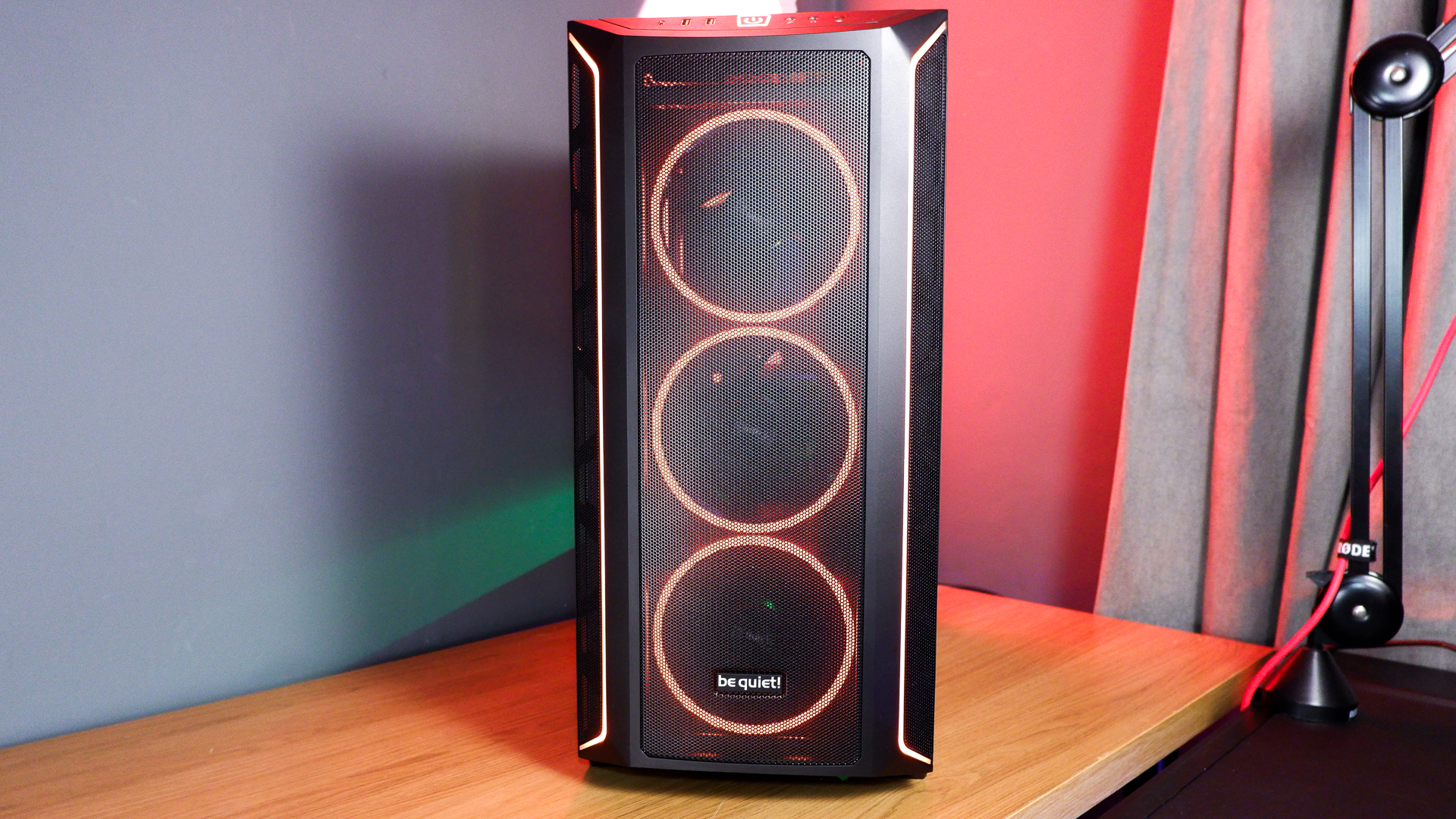
So there you have it: a gaming PC born of simple, straightforward parts that has made me appreciate the small stuff.
The SSD slots, the fan controllers, the roomy chassis—these are the little details that have combined to make a big difference when it comes to my experience crafting this gaming PC.
It really has made a noticeable improvement. When I was building in that Dark Base 900 a half-decade or so ago, the complexity and fiddliness felt like the price you pay for a case with all the extras. Nowadays, there's little of that.
And good riddance to the complexity.

Jacob earned his first byline writing for his own tech blog. From there, he graduated to professionally breaking things as hardware writer at PCGamesN, and would go on to run the team as hardware editor. He joined PC Gamer's top staff as senior hardware editor before becoming managing editor of the hardware team, and you'll now find him reporting on the latest developments in the technology and gaming industries and testing the newest PC components.
